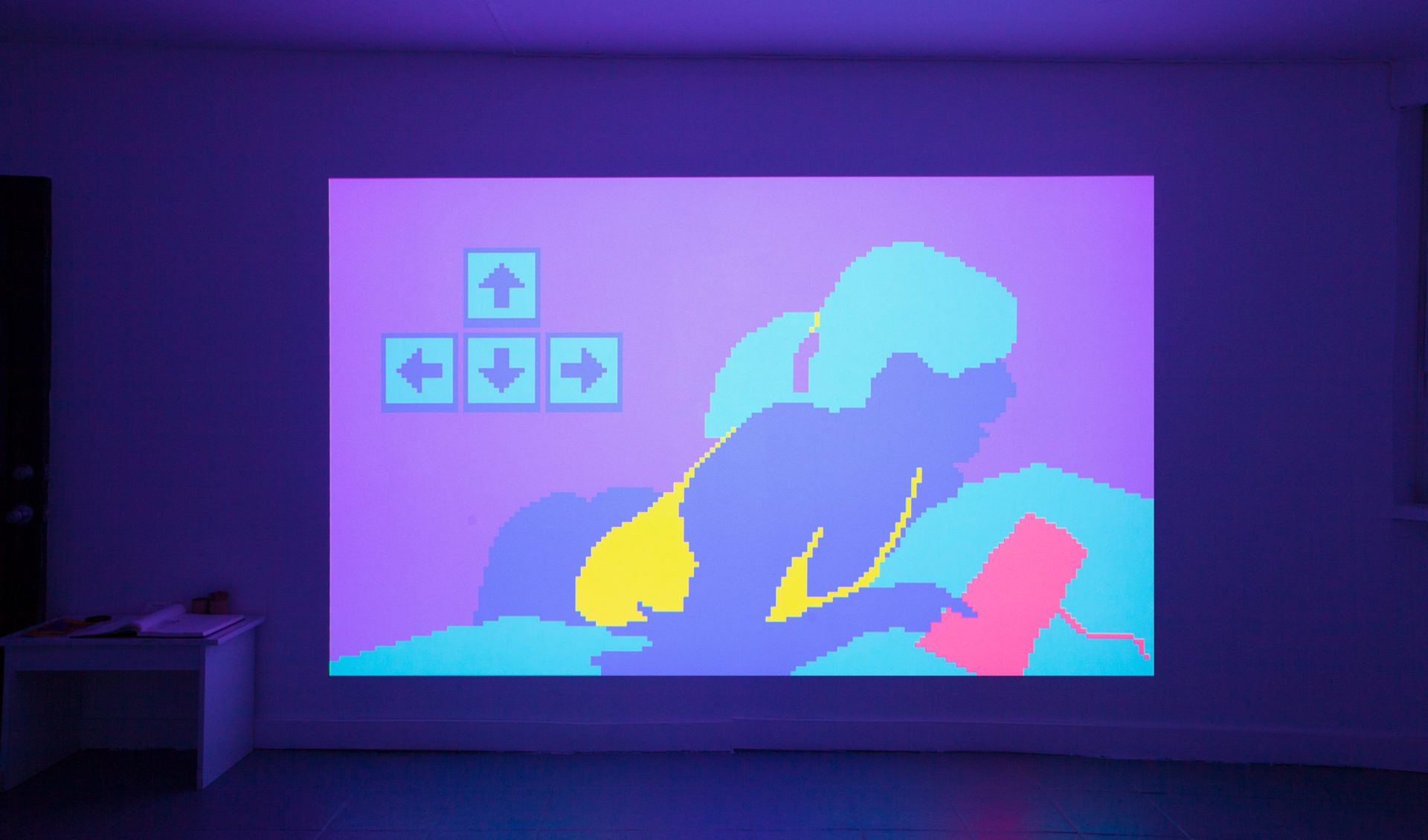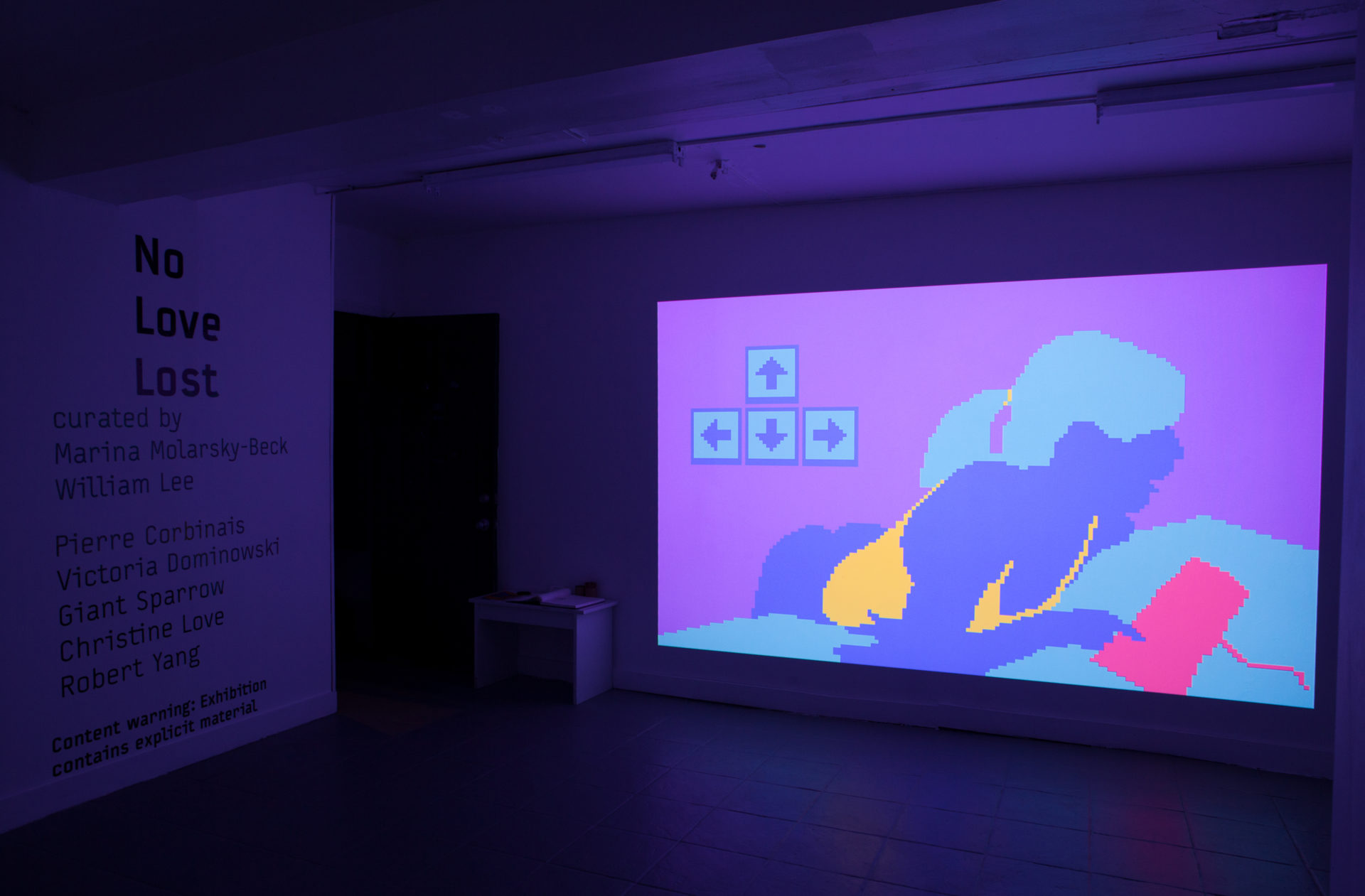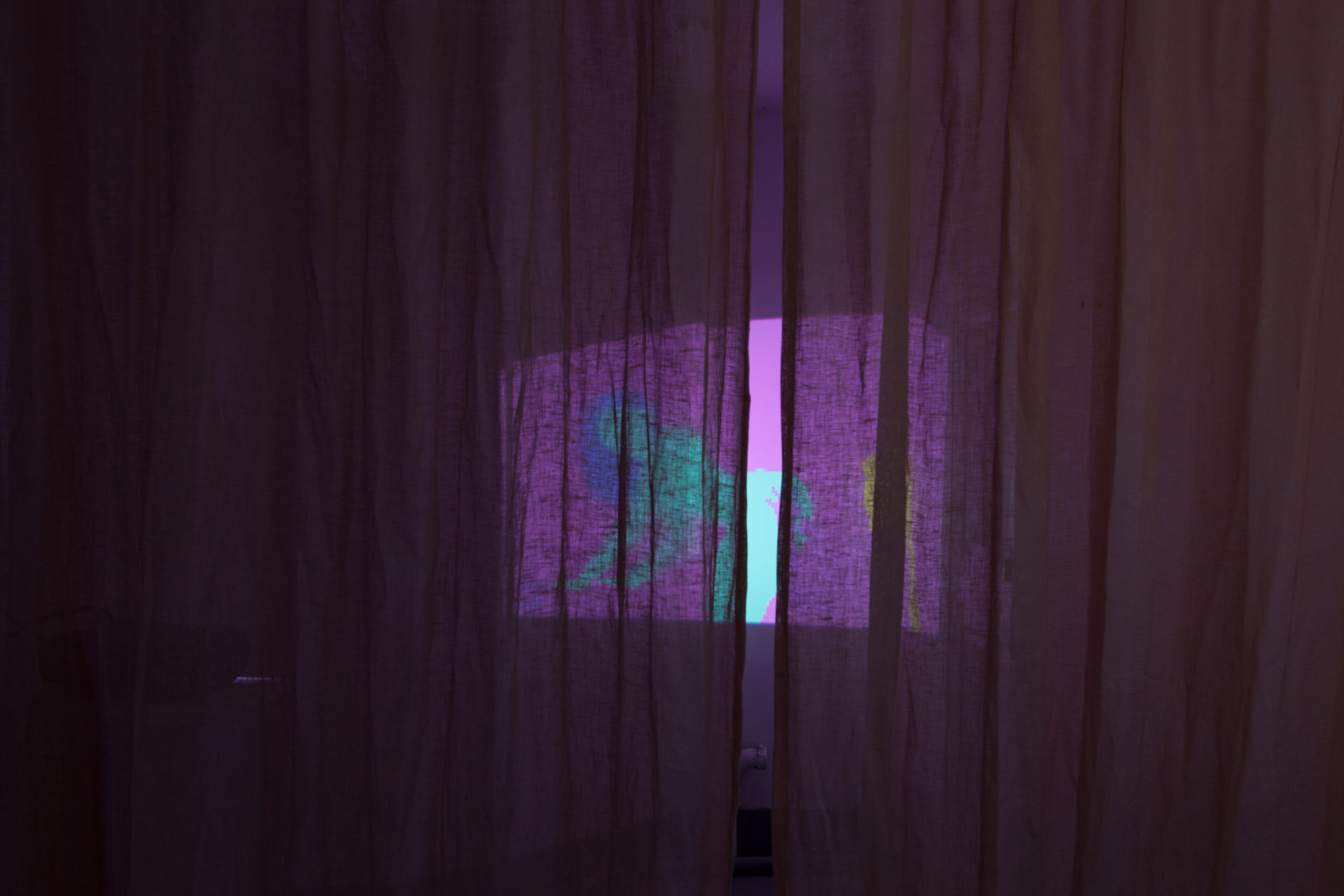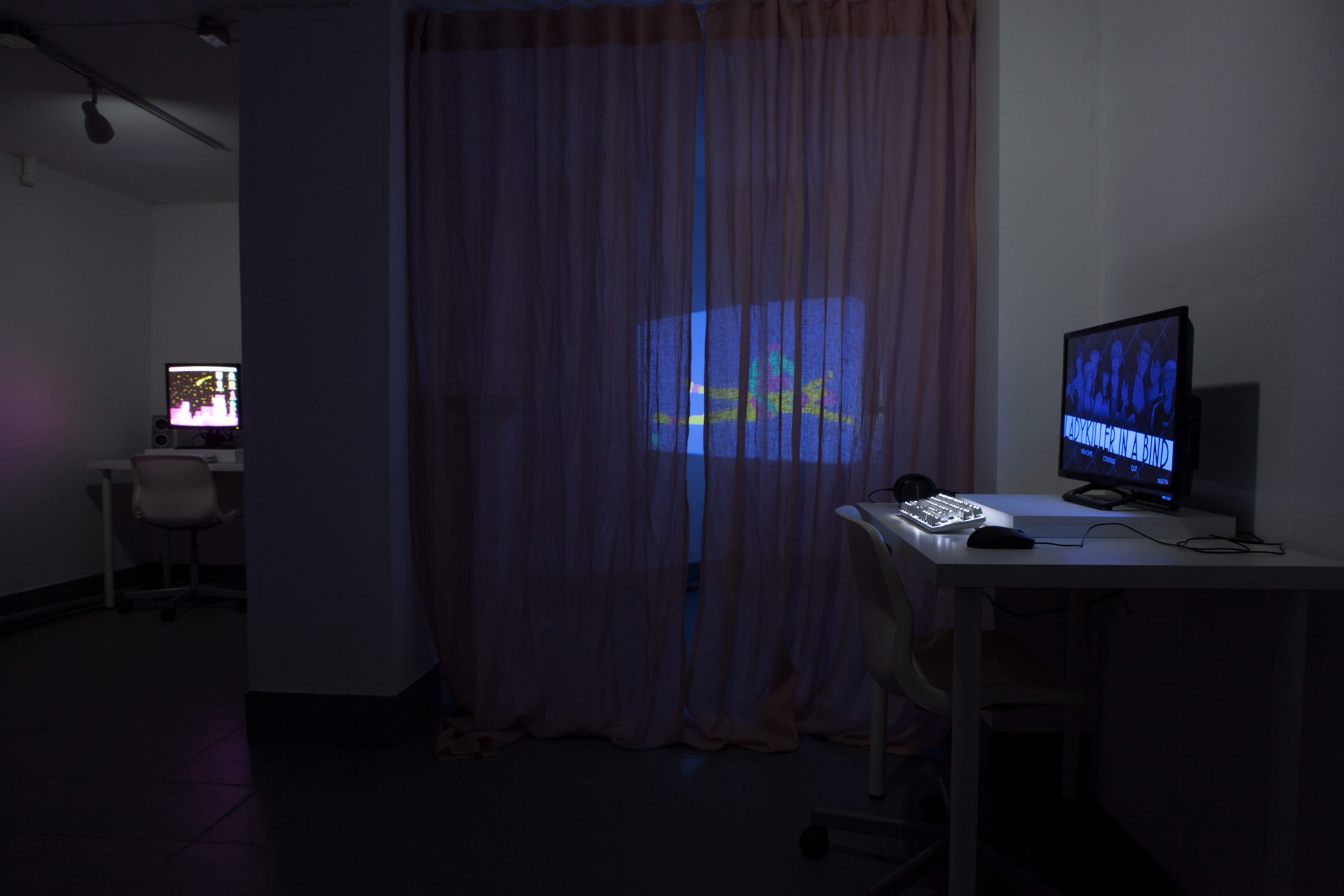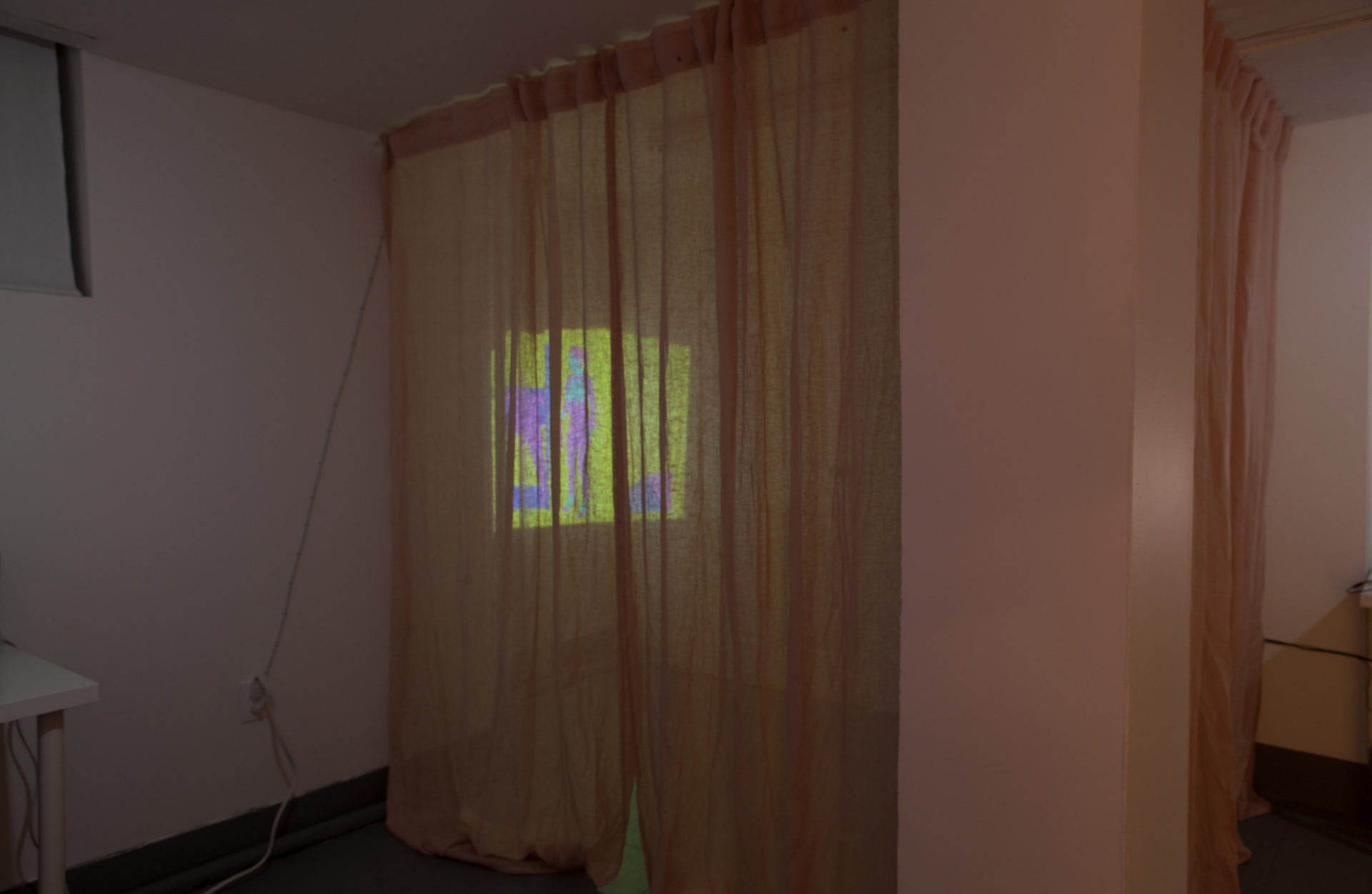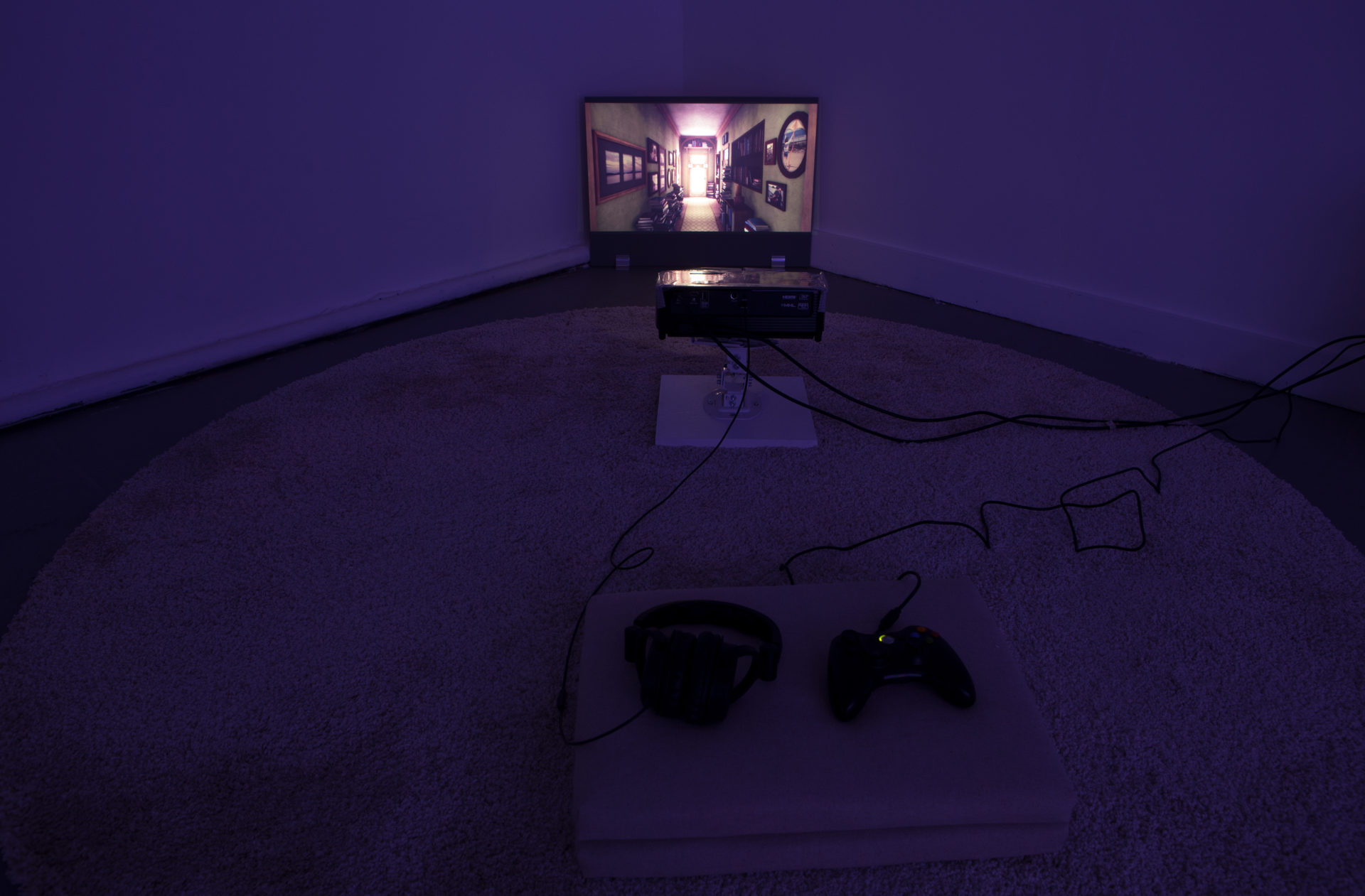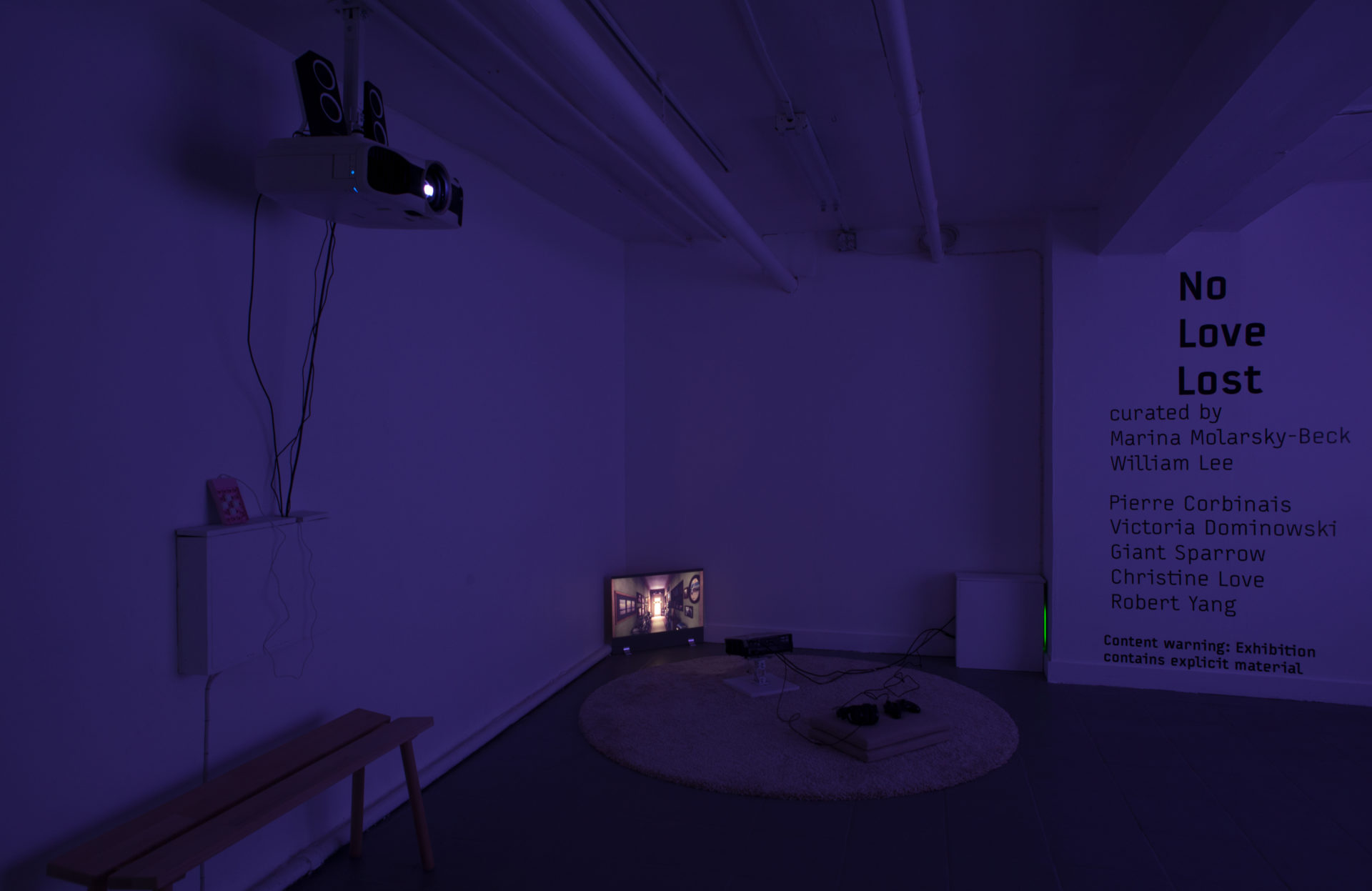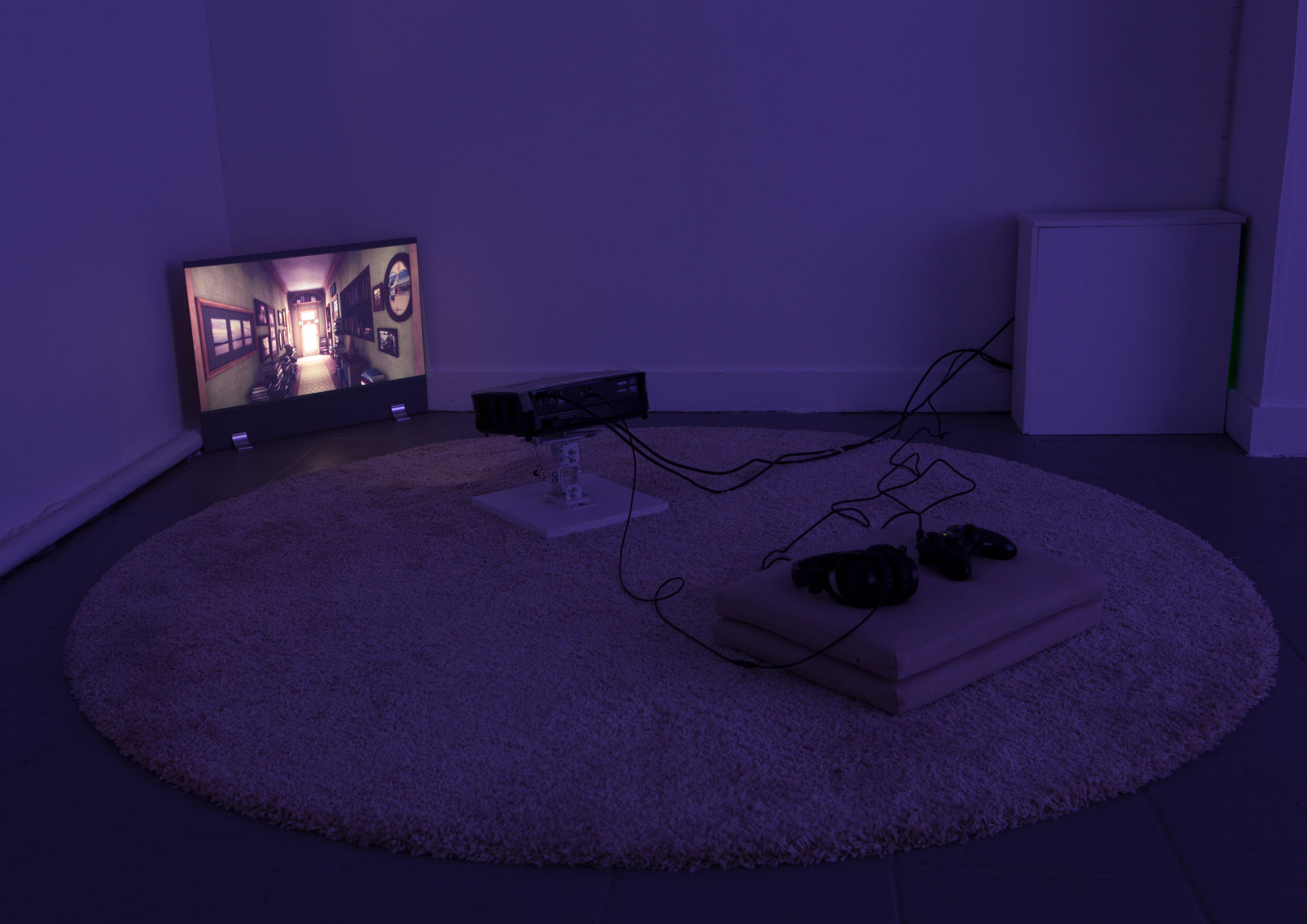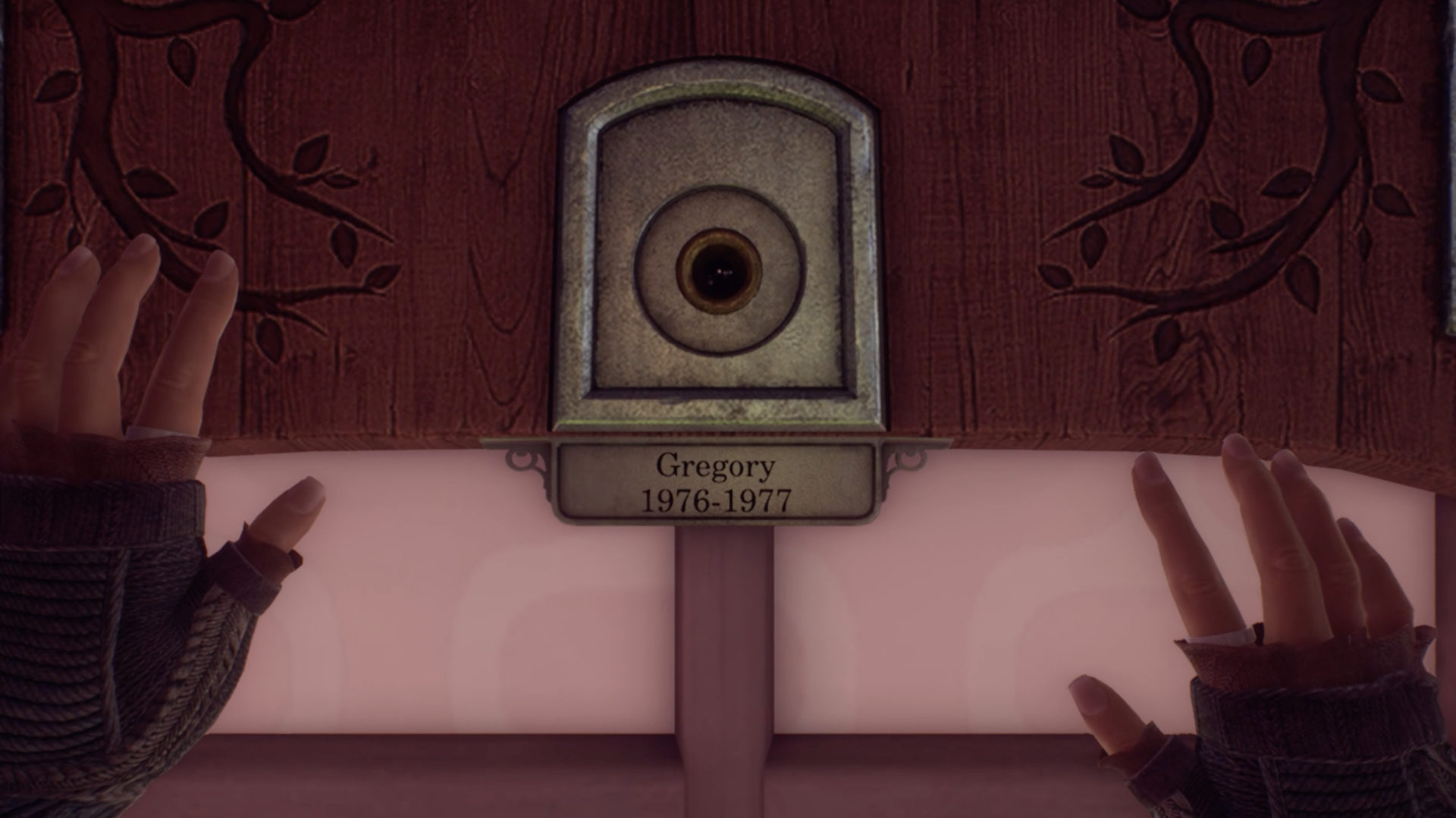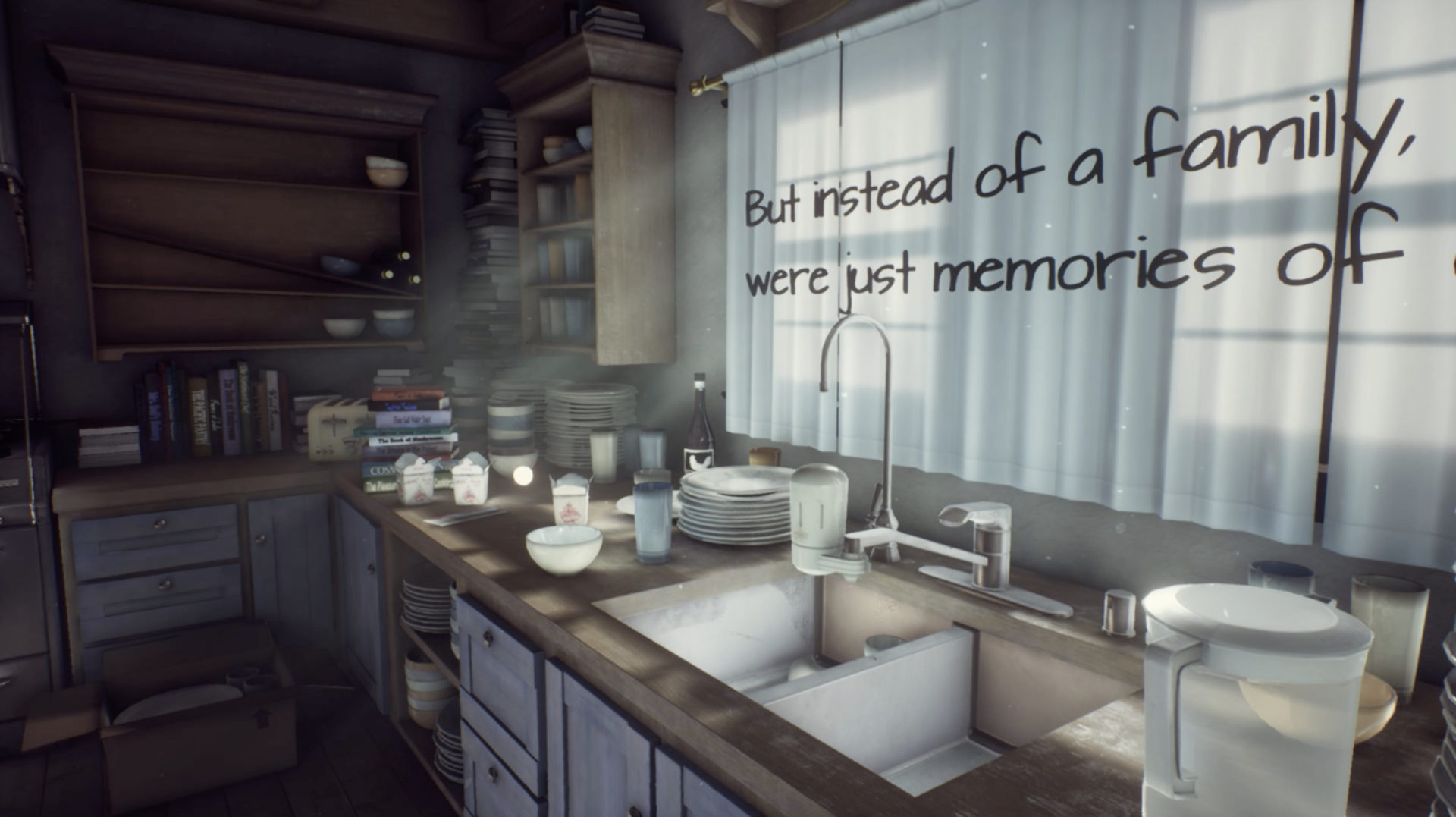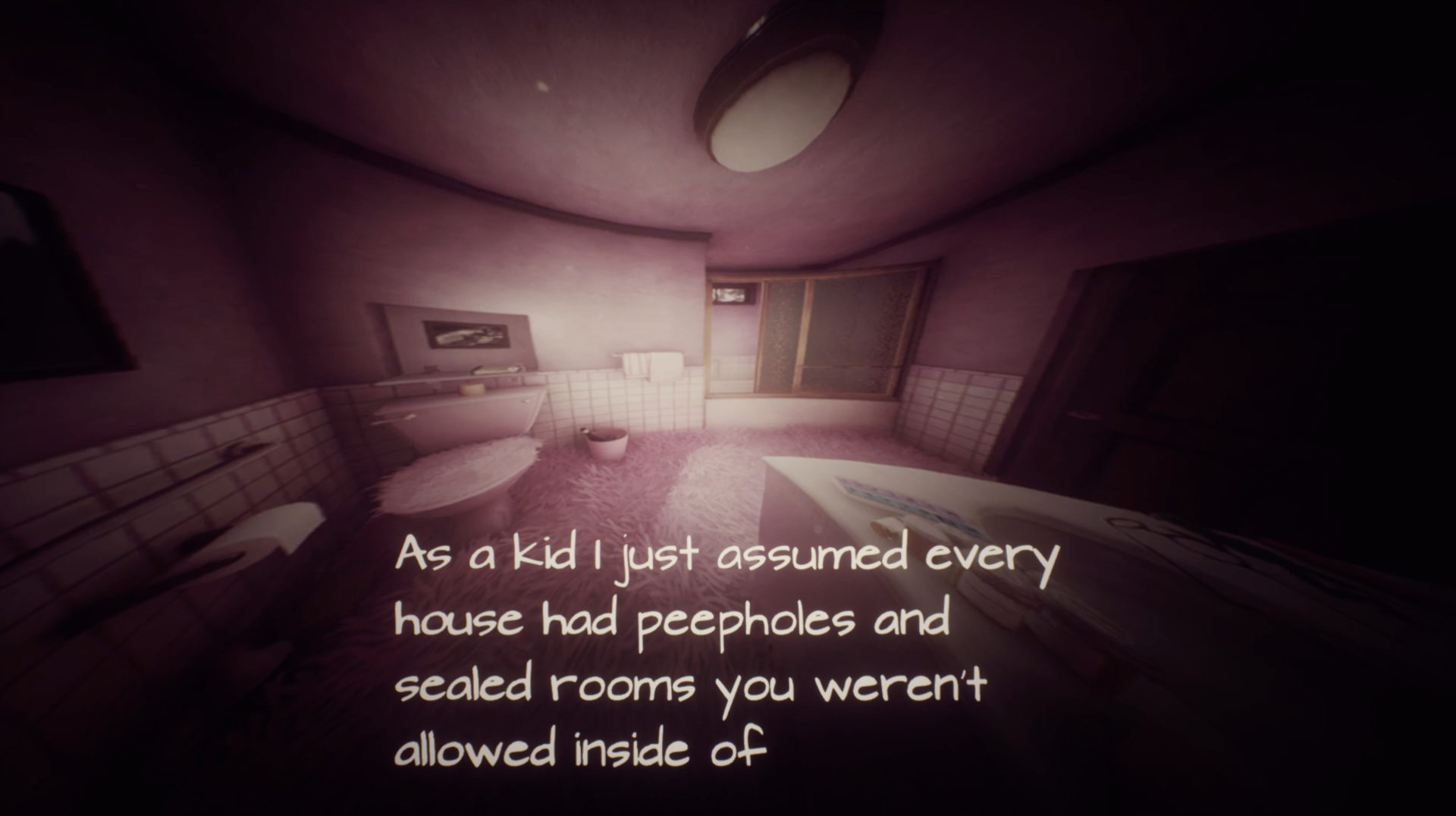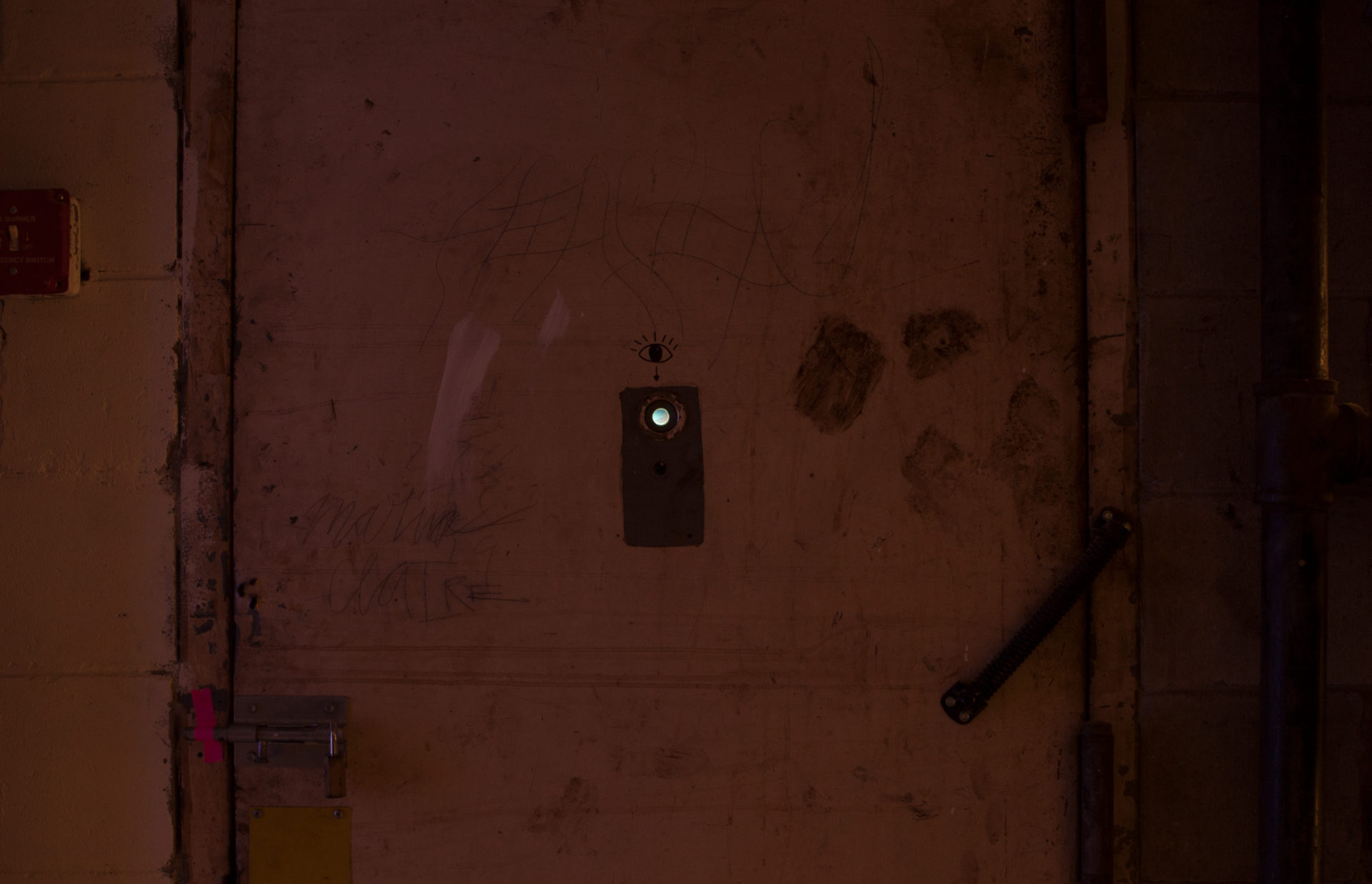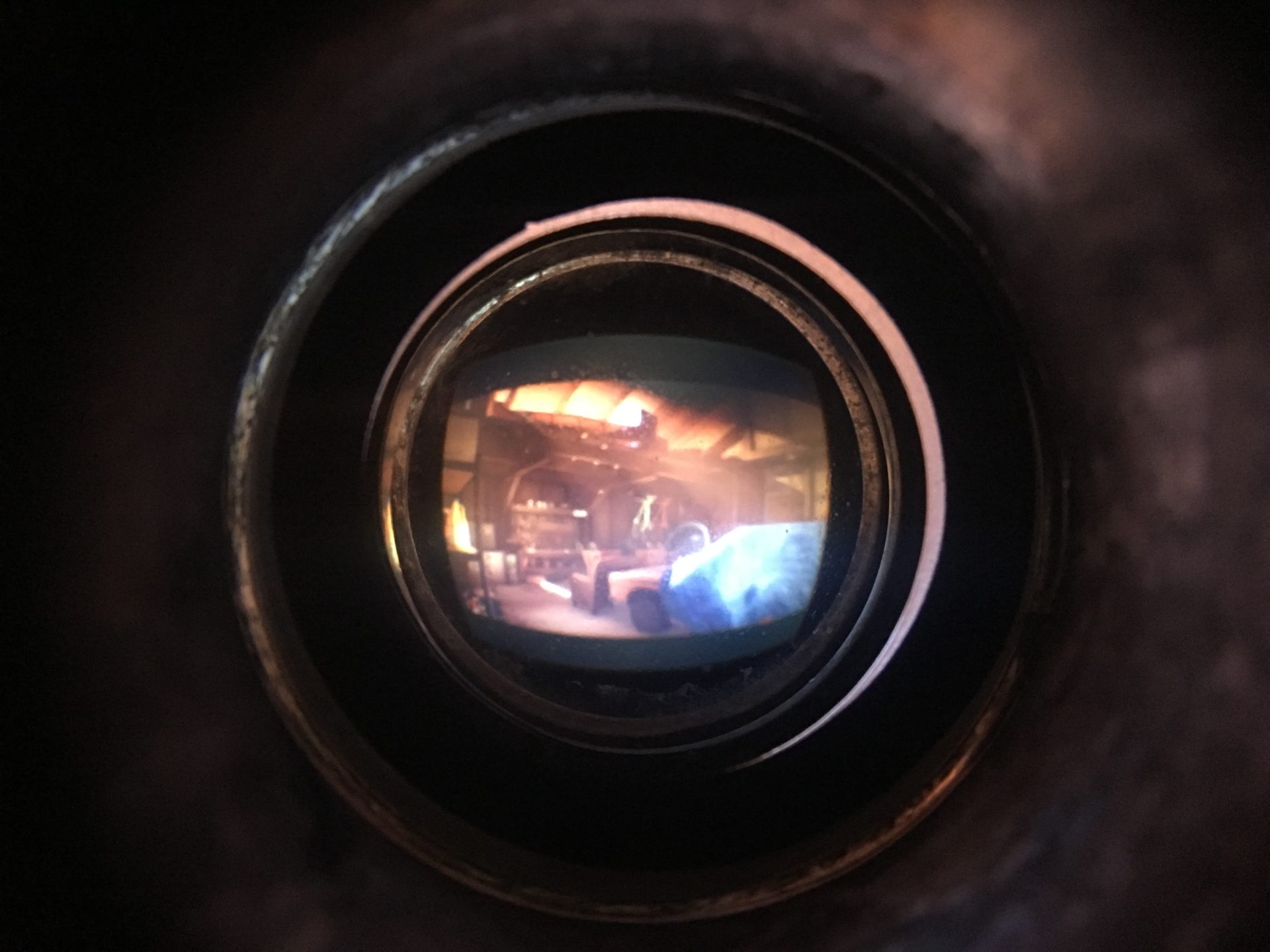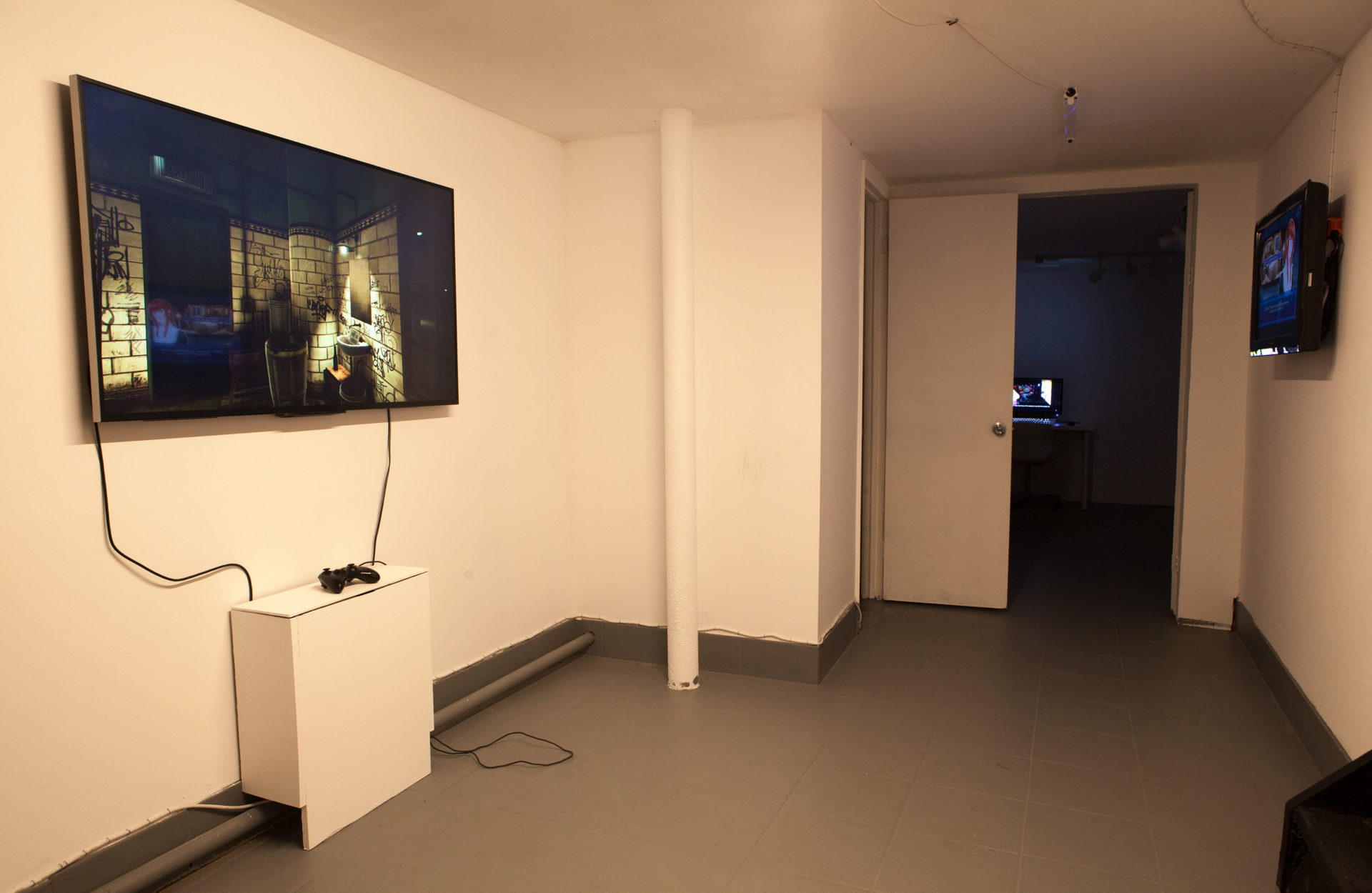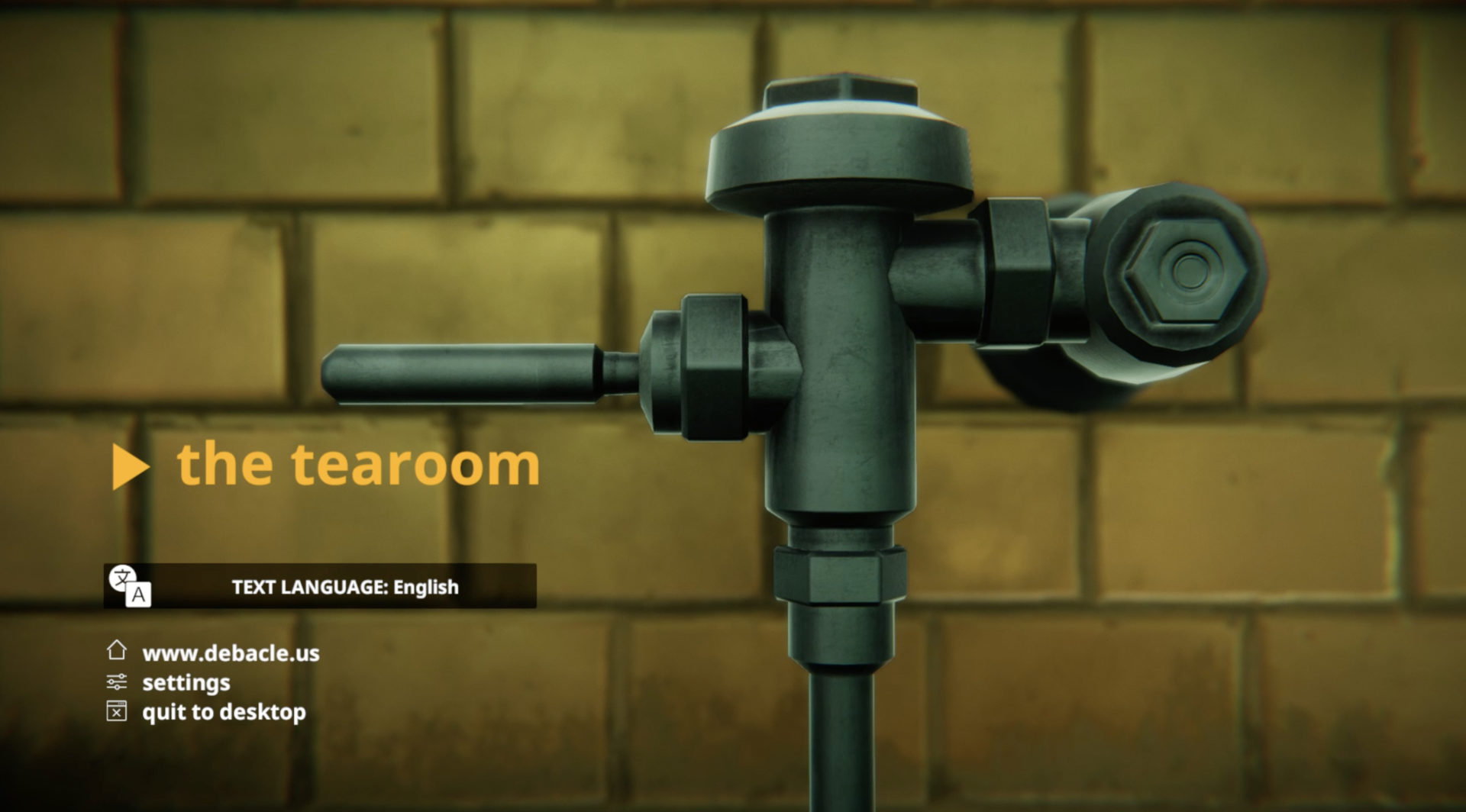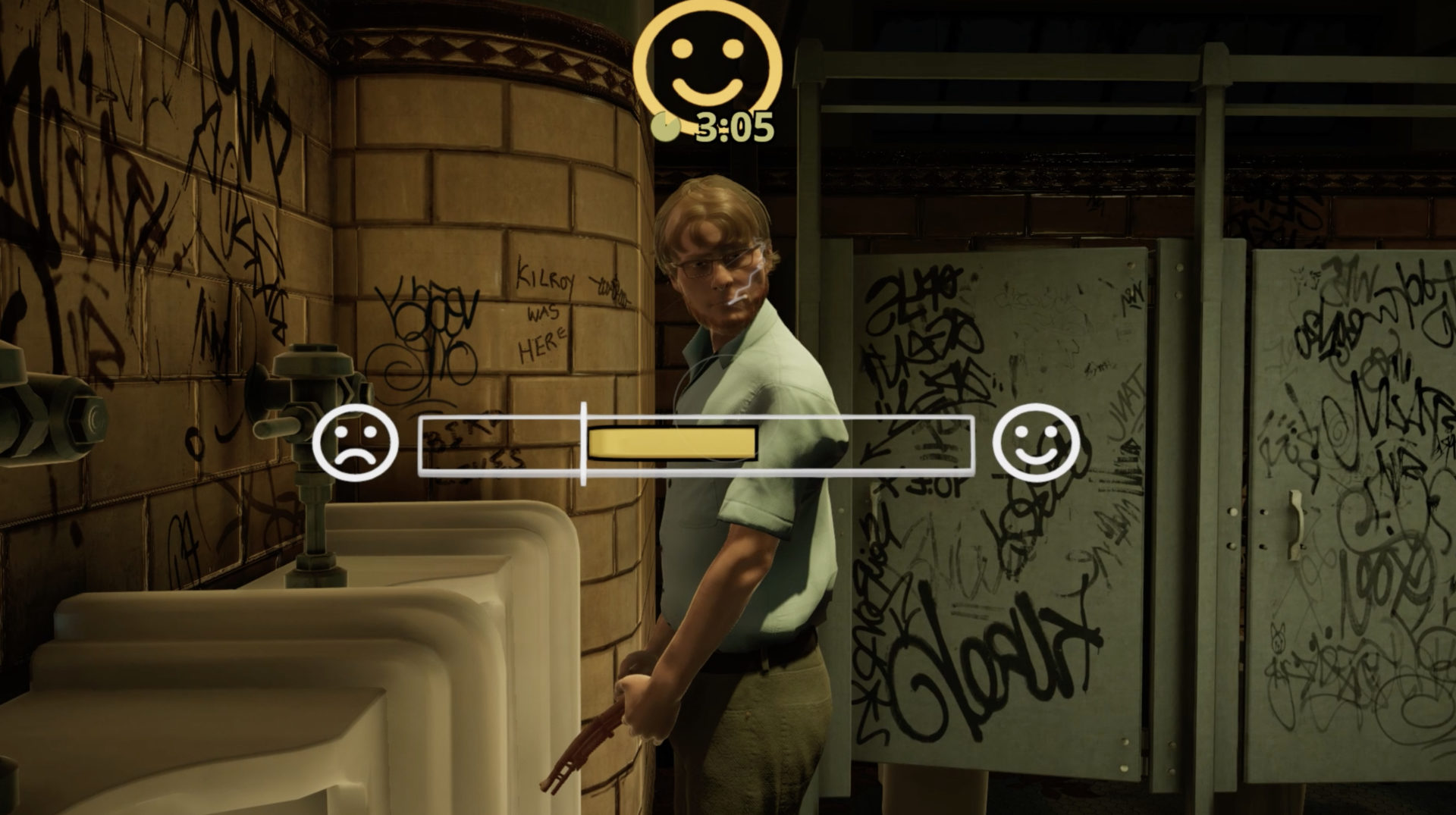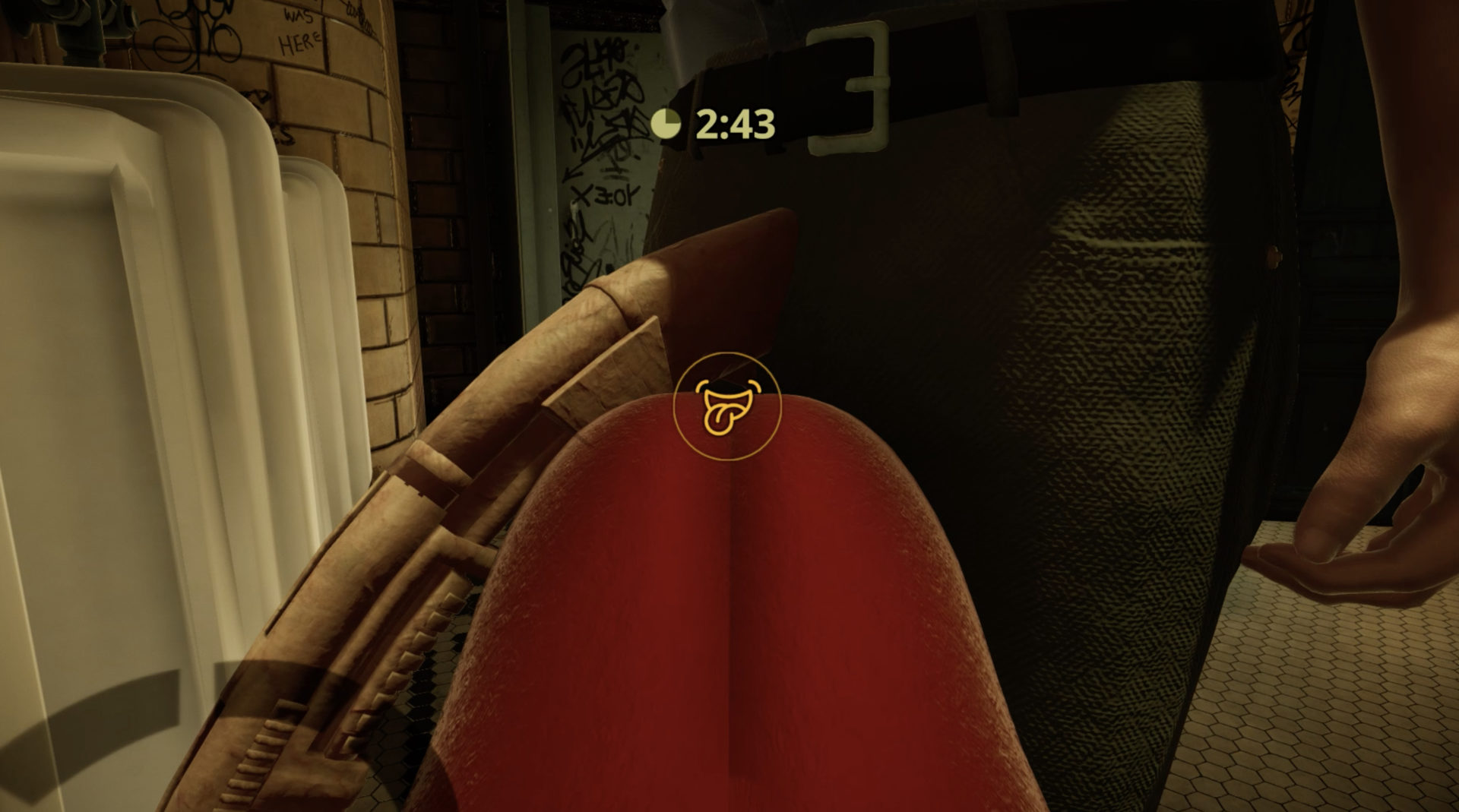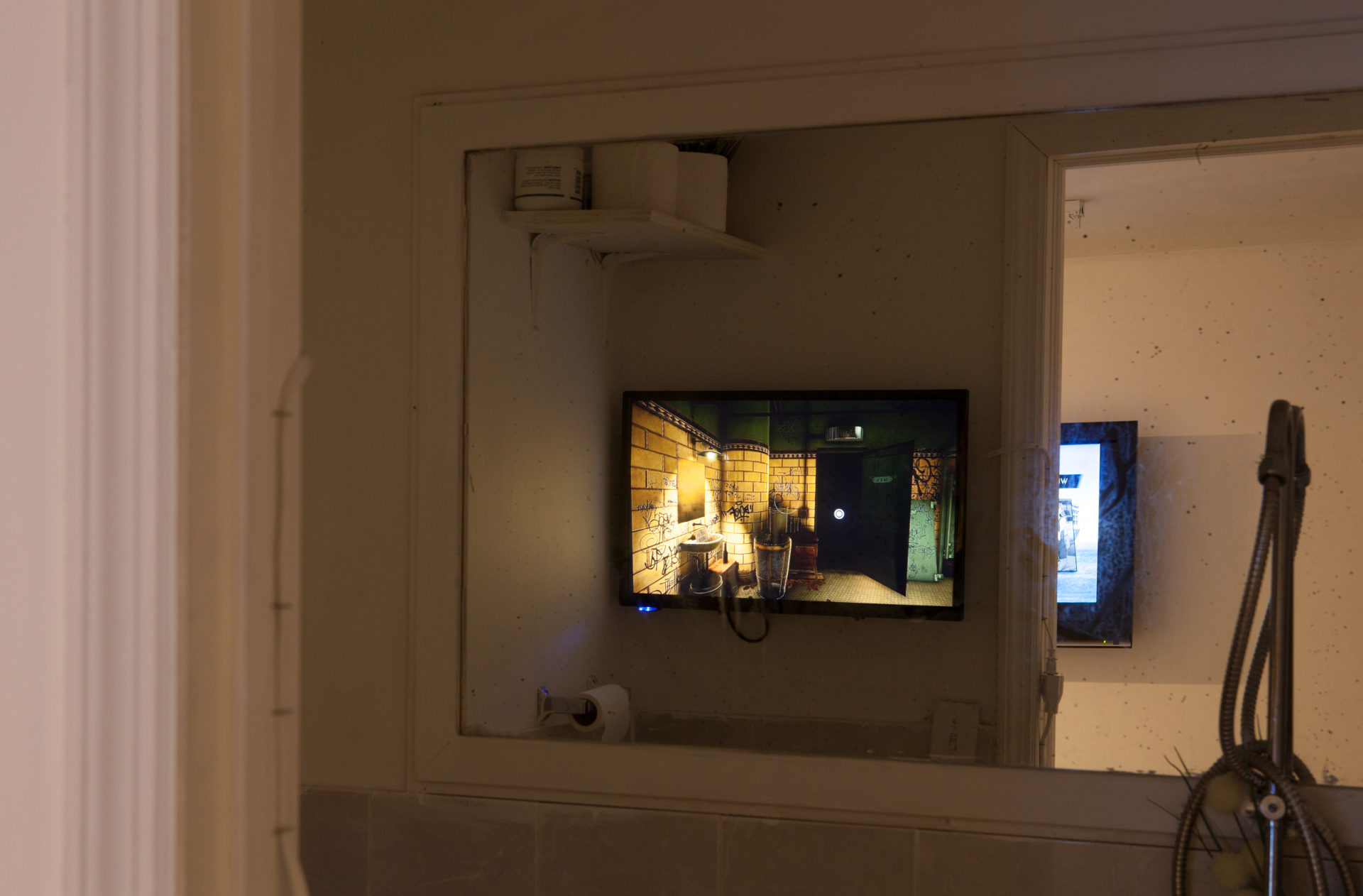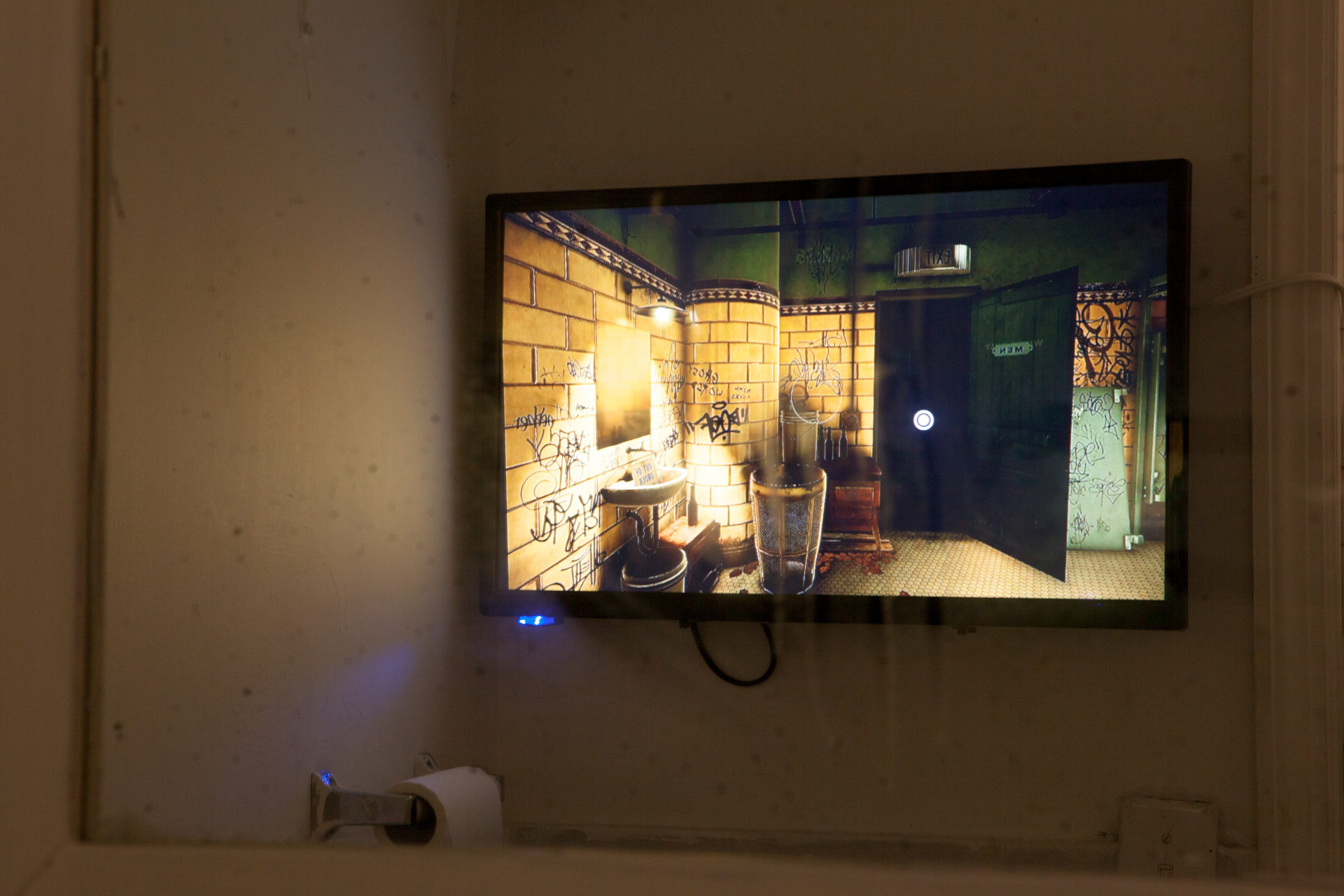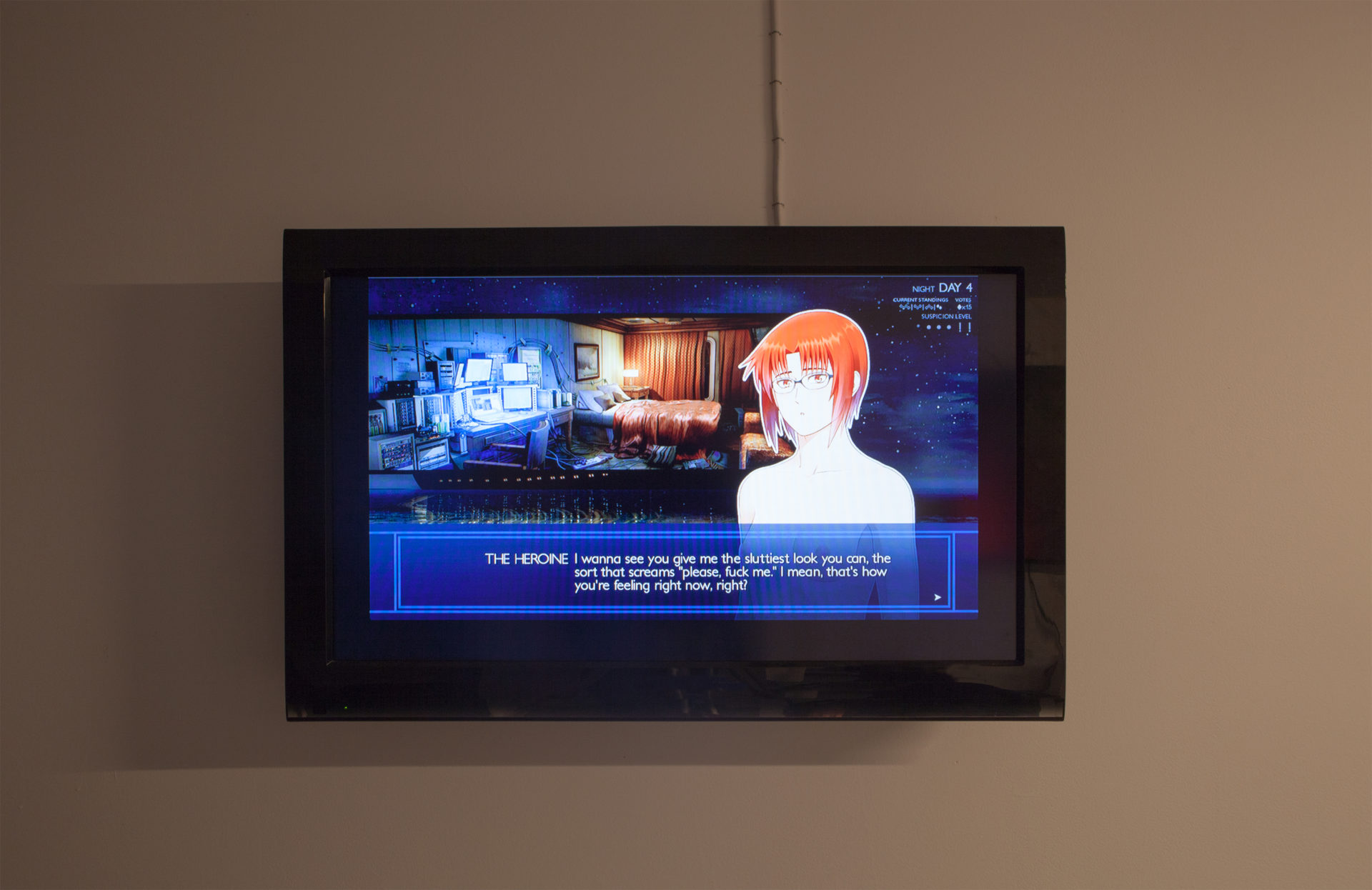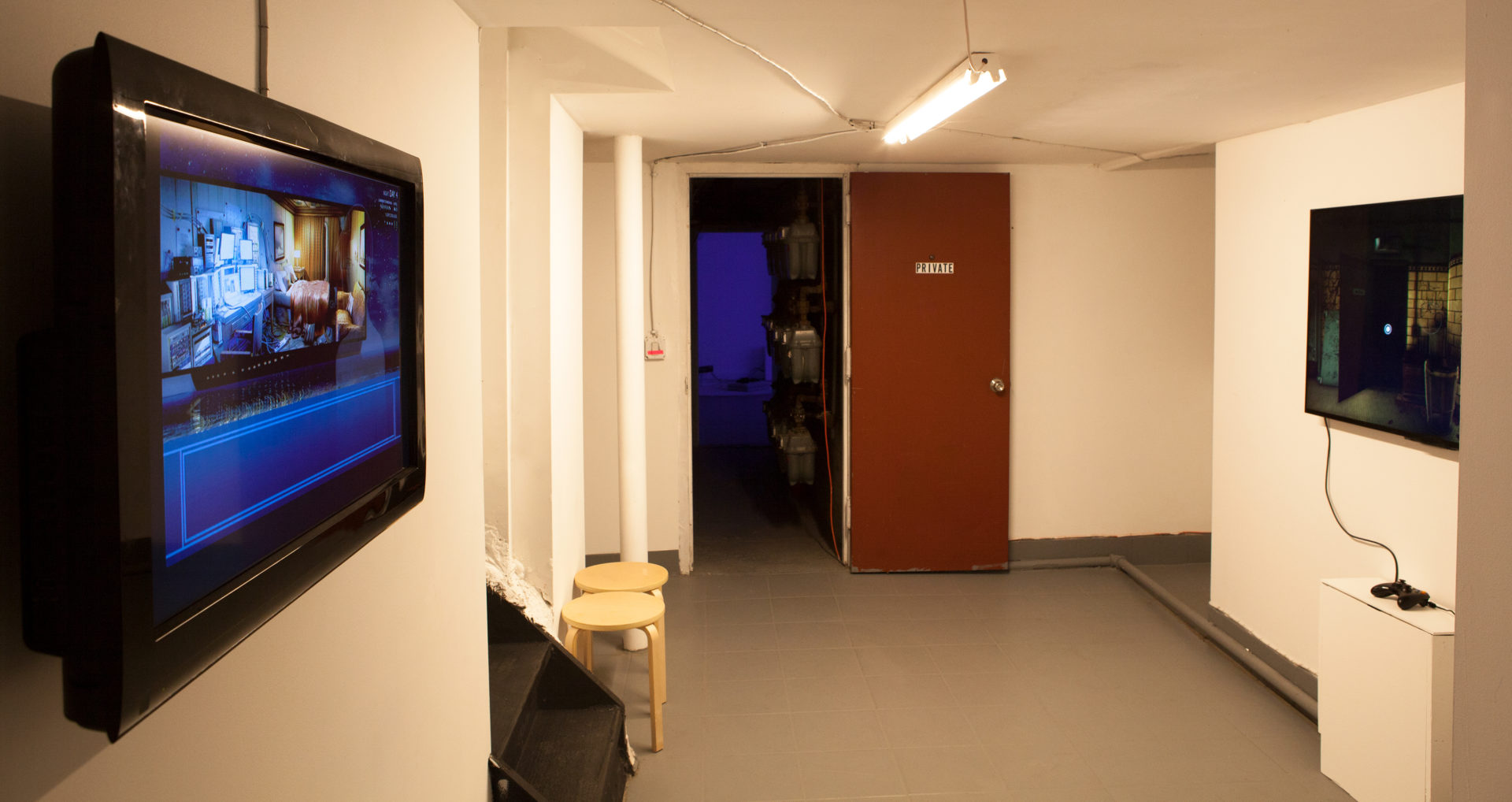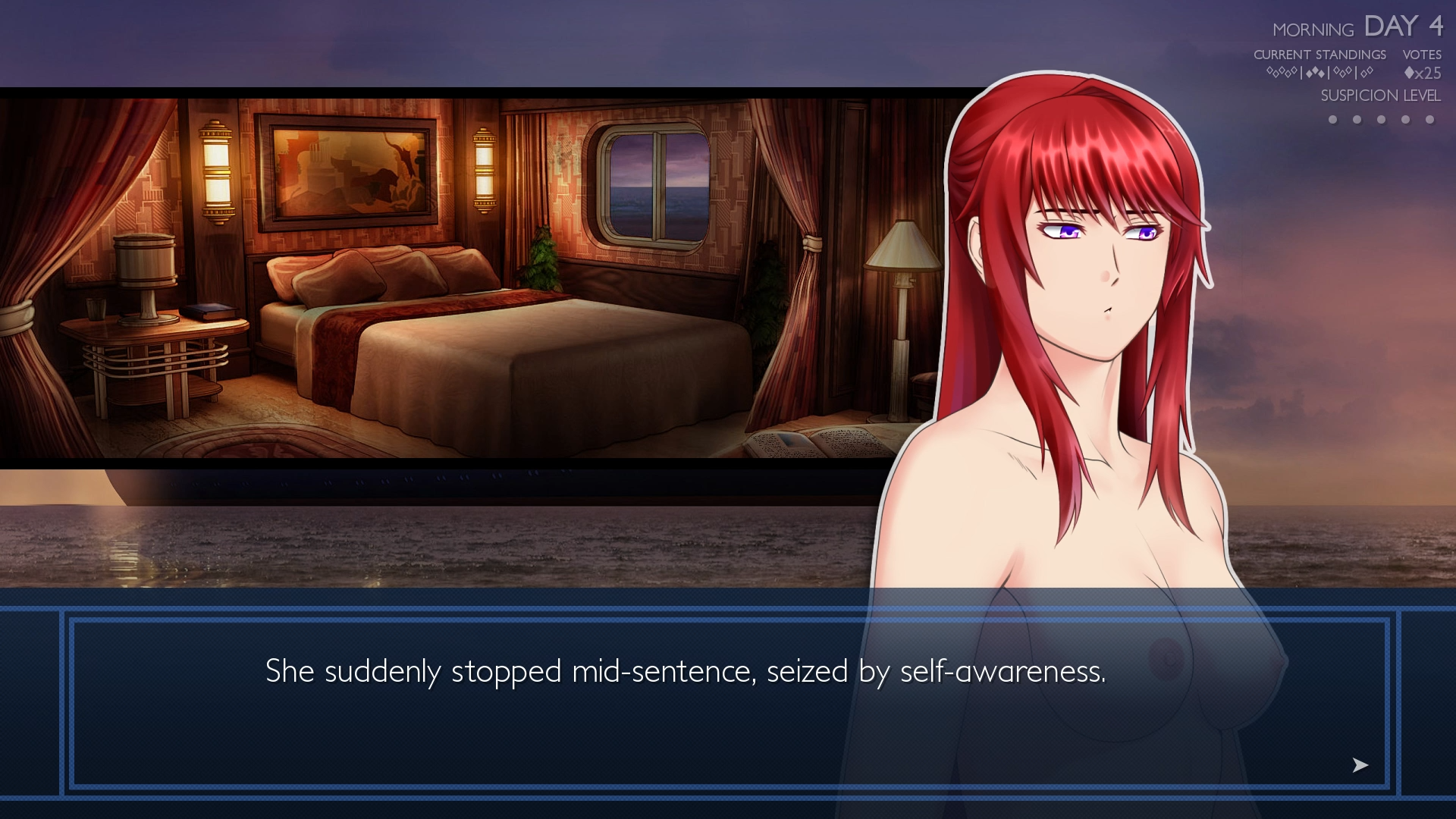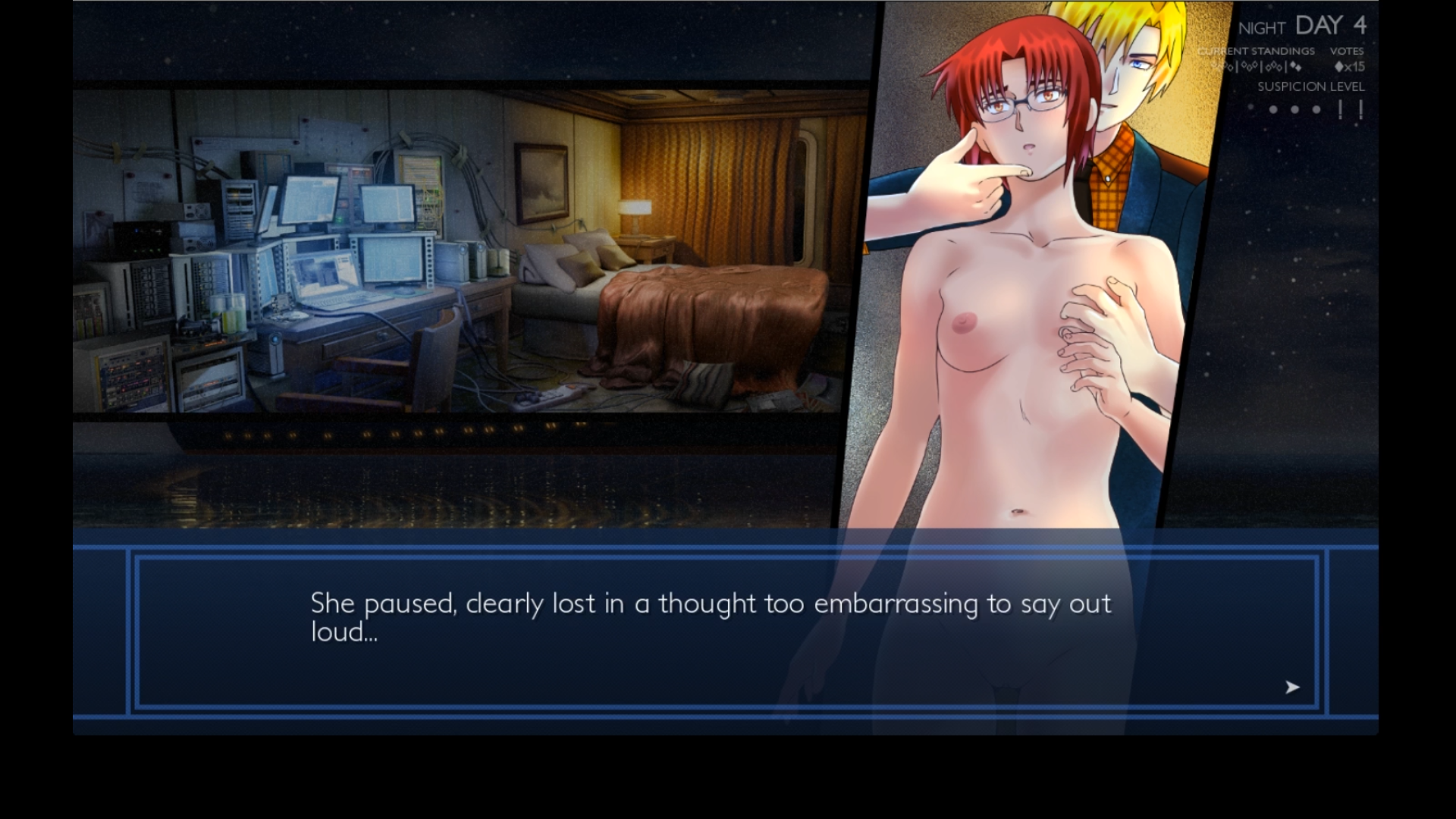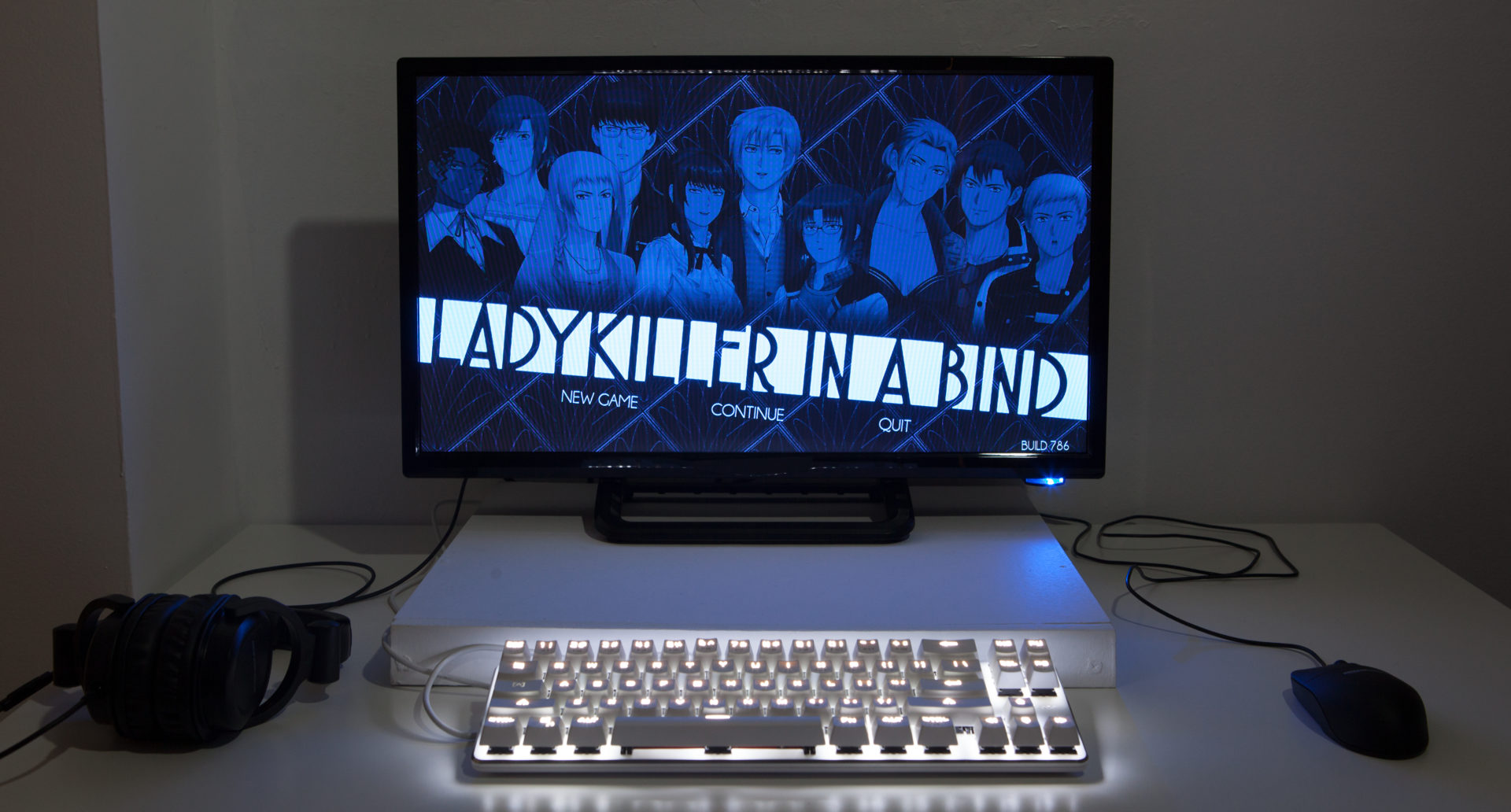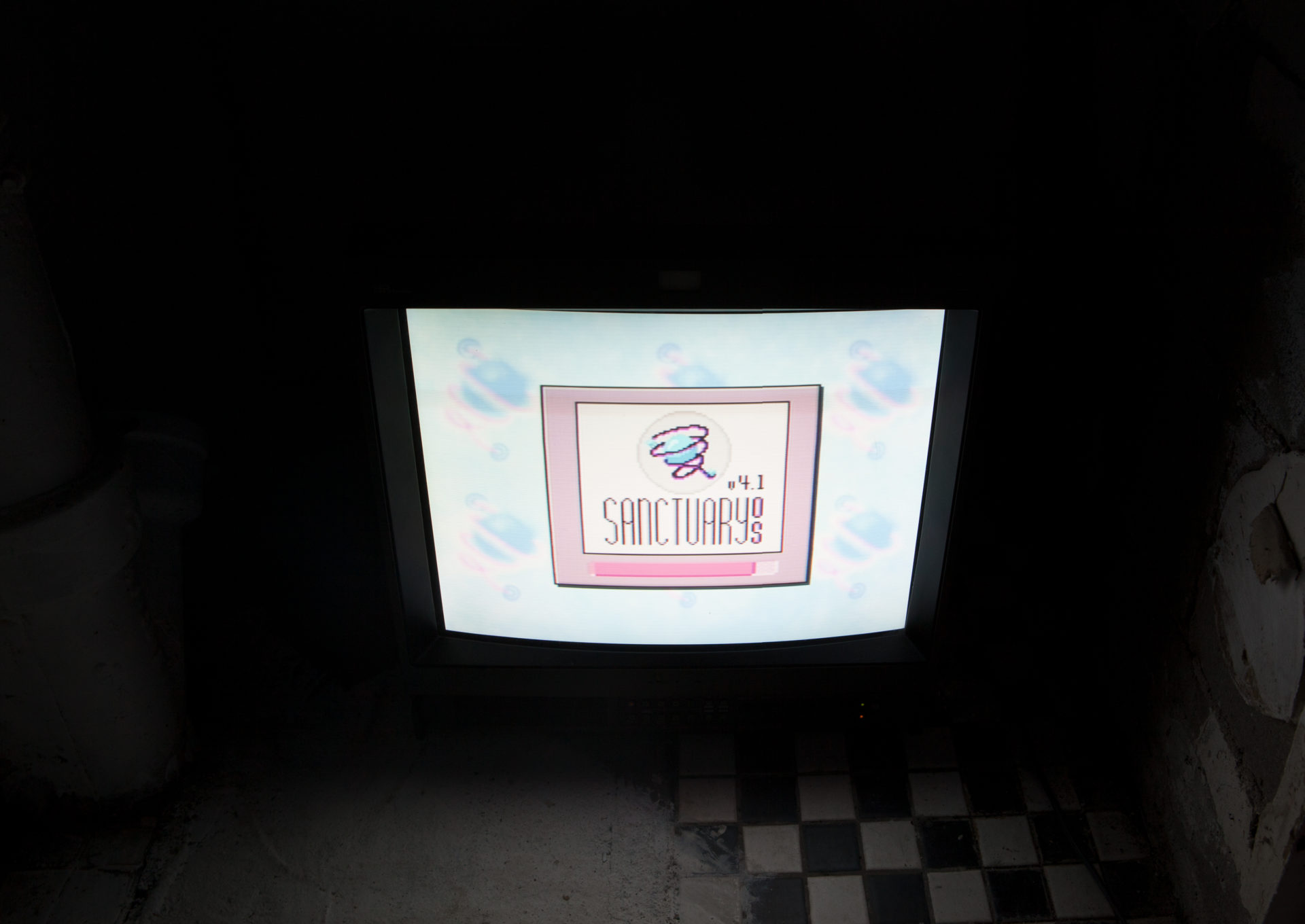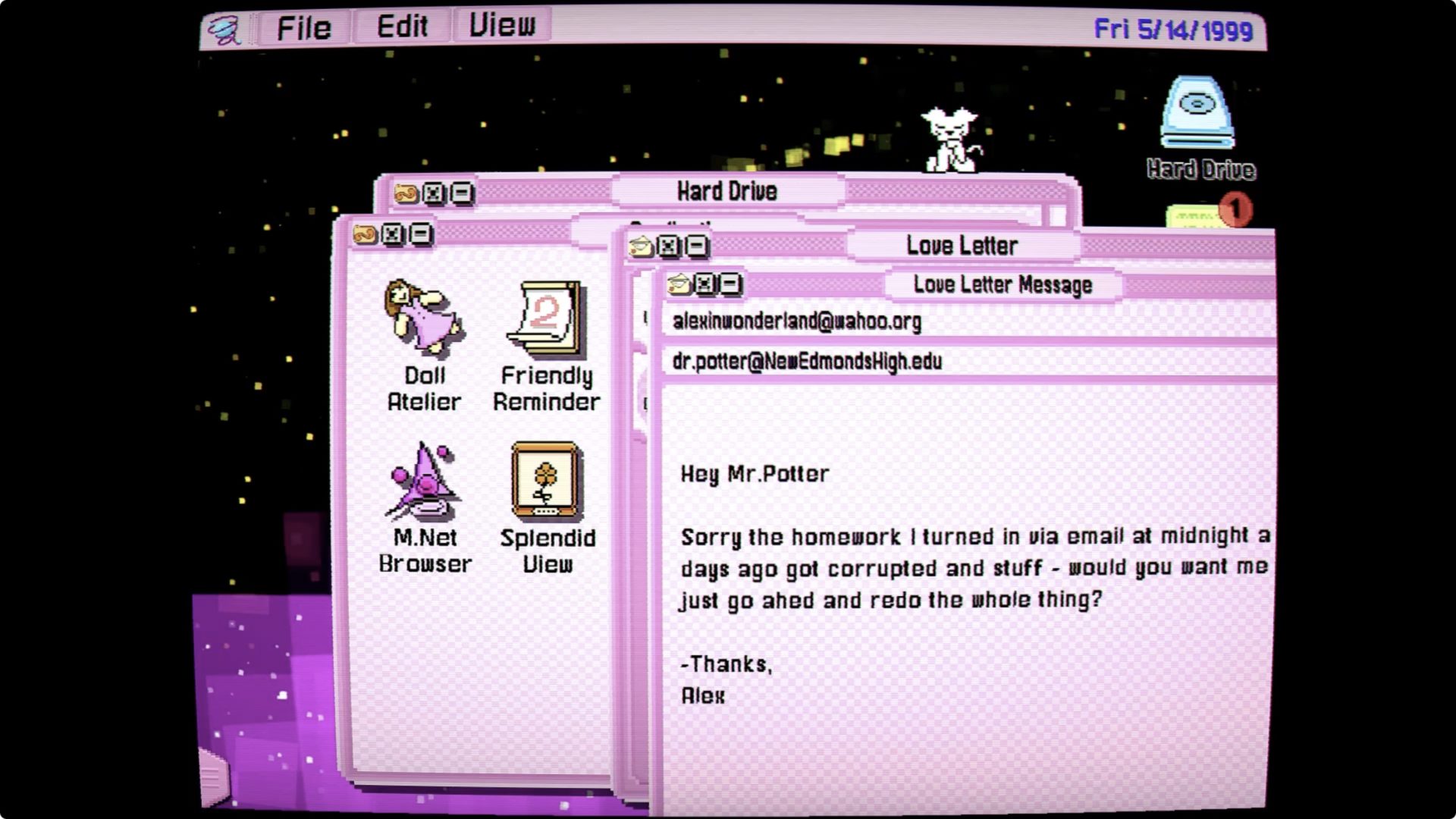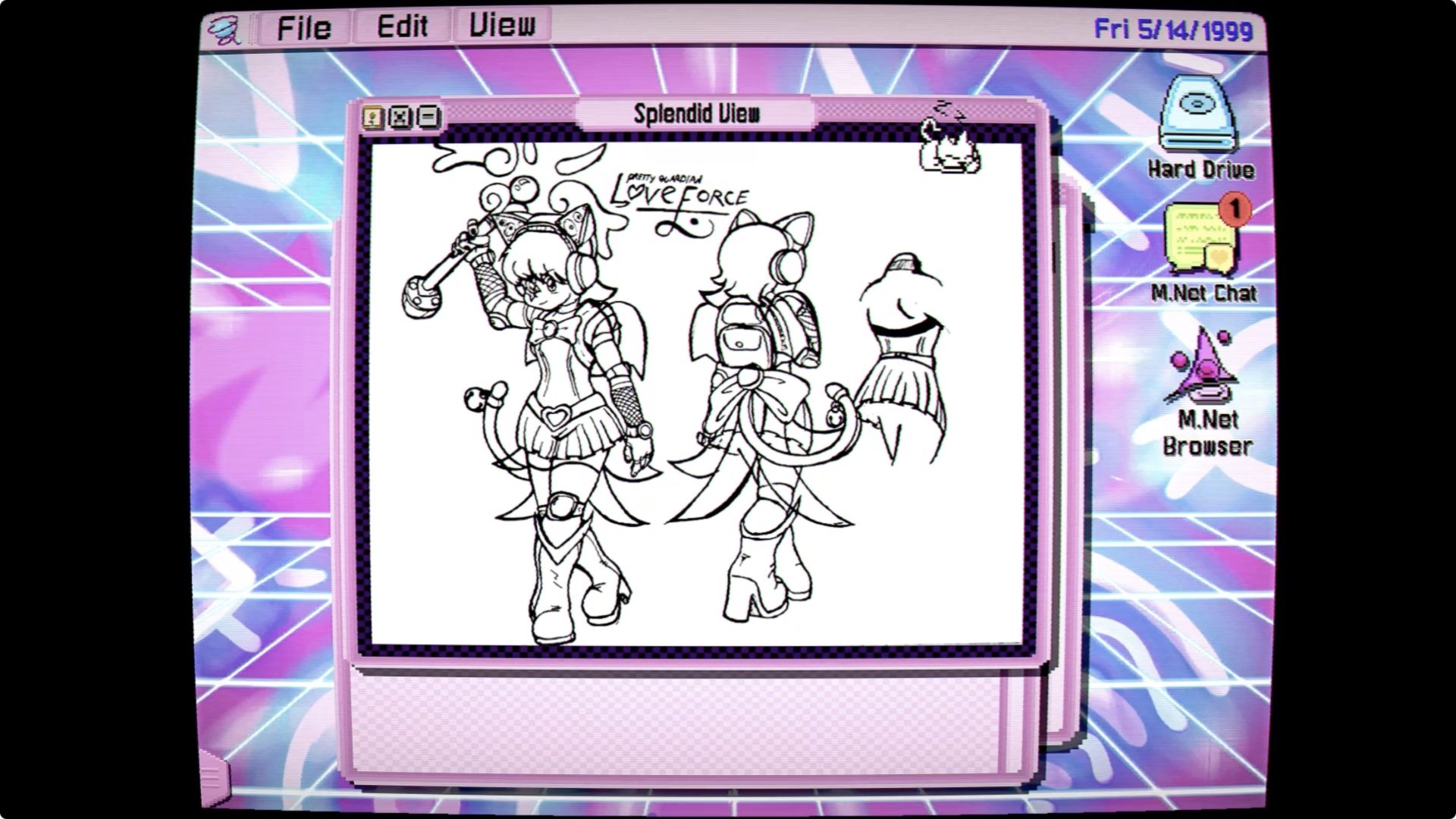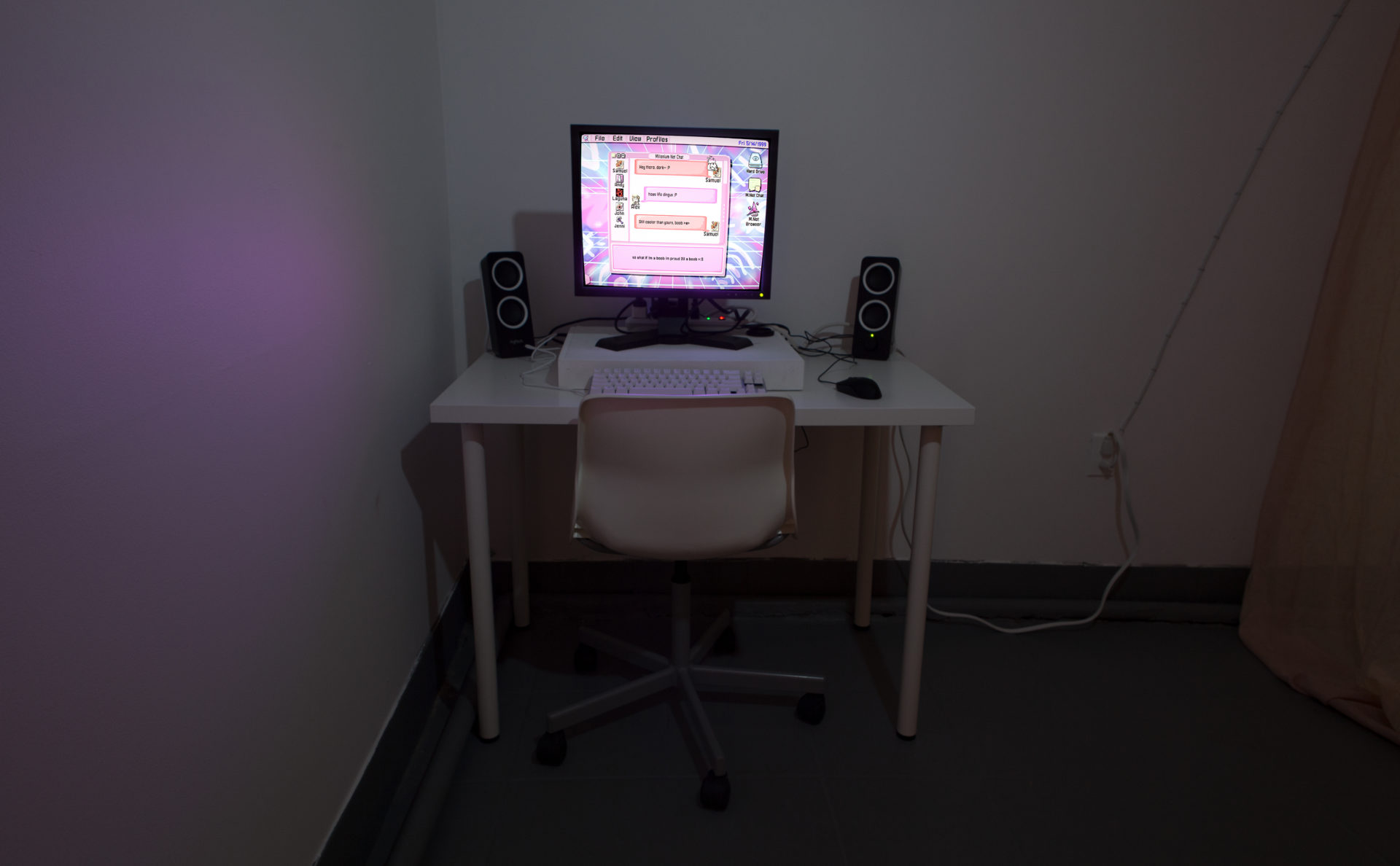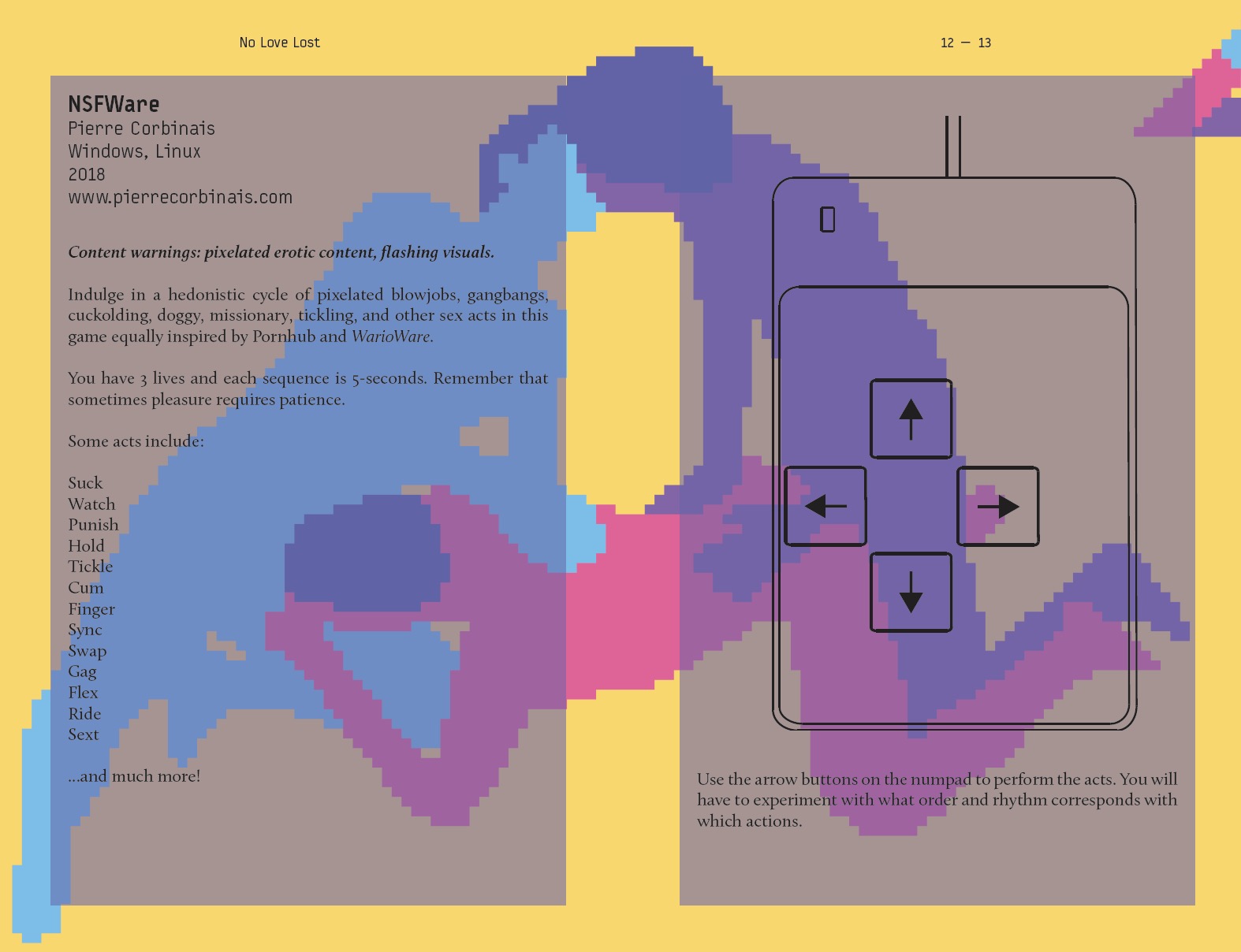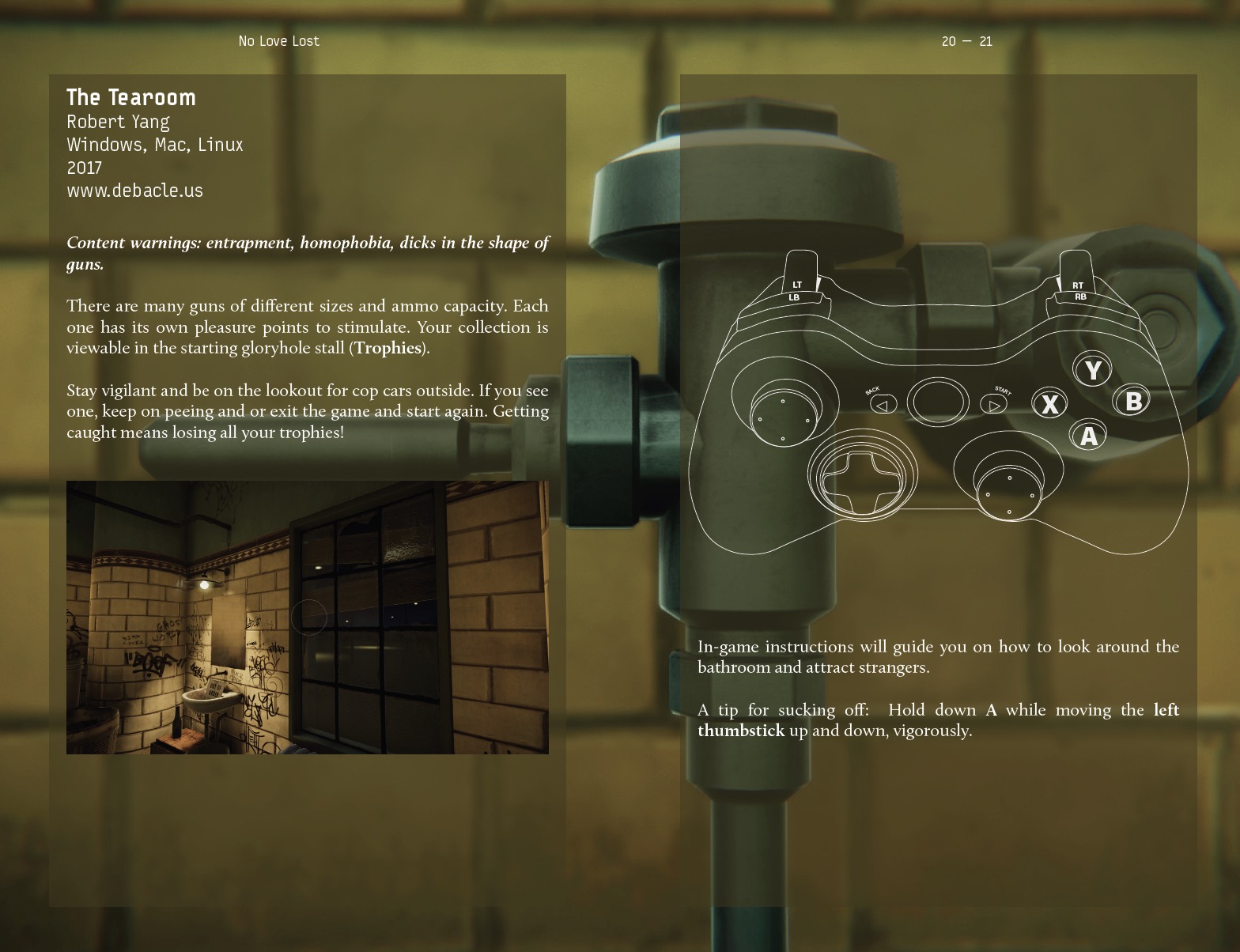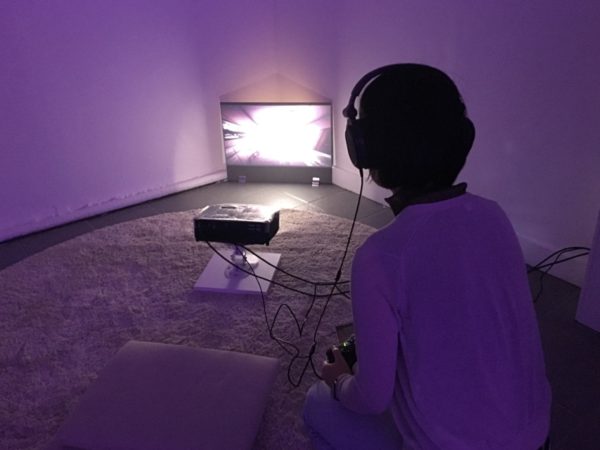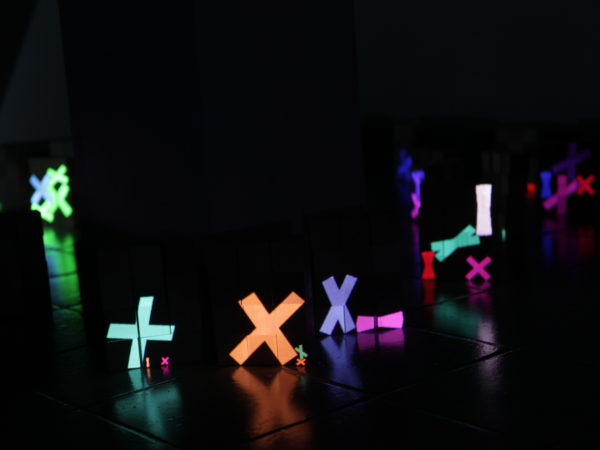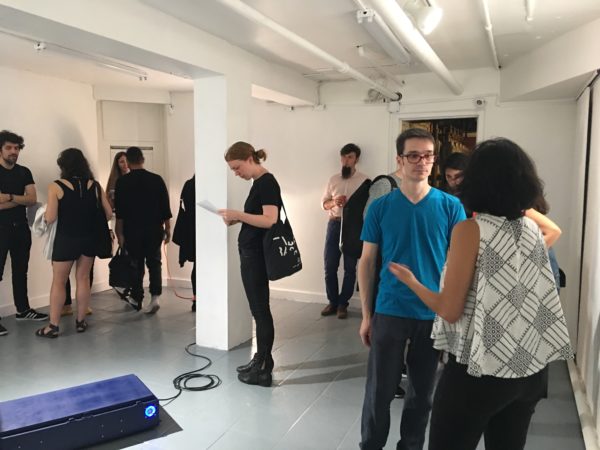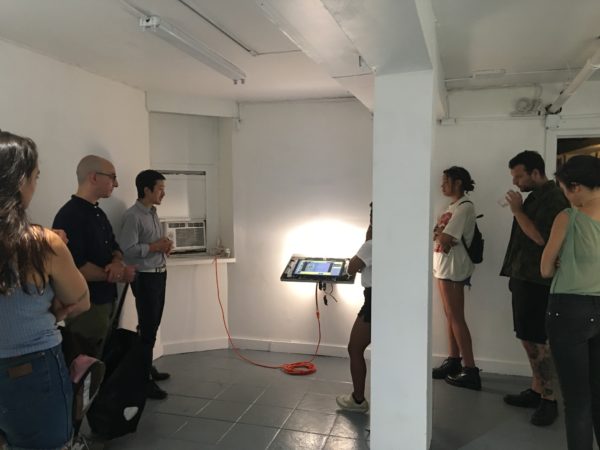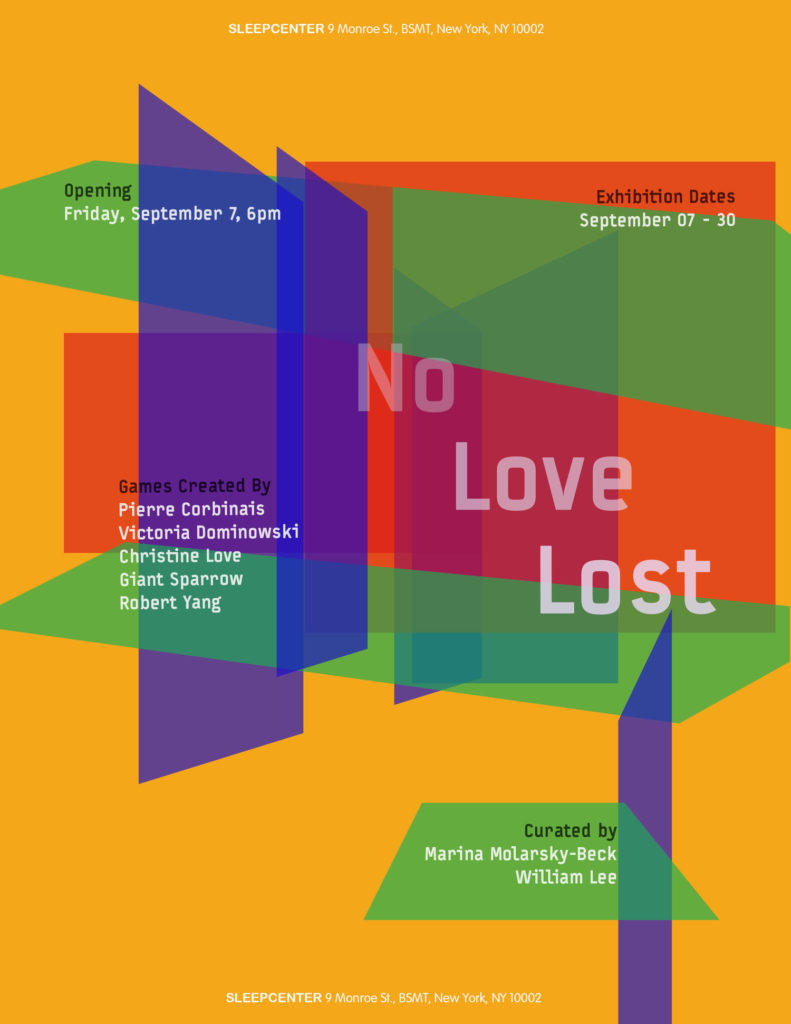
September 7th – September 30th, 2018
Curated by Marina Molarsky-Beck and William Lee
Featuring: Pierre Corbinais, Victoria Dominowski, Christine Love, Giant Sparrow, and Robert Yang
Opening Reception: Friday, September 7th, 6 – 9pm
![]()
No Love Lost brings together recent, largely experimental games that probe the dynamics of intimacy, developed by Pierre Corbinais, Victoria Dominowski, Giant Sparrow, Christine Love (Love Conquers All Games), and Robert Yang. Games are constructed by rule-based parameters, feedback loops, and interfaces that extend abstract ideas into digital instantiations, so too is social behavior constructed and learned. Yet, the expectation prevails that human interiority remain obscure. We understand emotions—love and desire in particular—as ineffable, undefinable, and unregulated. Games, though, find their best expression through an unambiguous understanding of the rules. The most compelling games produce meaning through not only narrative, but through the rule systems that structure play. Because games rely on players ascertaining and engaging with these predetermined rules and conditions, they can take on emotionally fraught material in ways quite distinct from other forms.
NFSWare by Pierre Corbinais
What Remains of Edith Finch by Giant Sparrow
![]()
An overabundance of games expound heroic narratives and inevitably cater the gameplay and level-design to encourage such power fantasies. Through reworking the gameplay conventions of crystallized genres, however, some developers have built narratives that emphasize the nuance of intimate relationships. In Giant Sparrow’s What Remains of Edith Finch, the player navigates a labyrinthine house to discover the tragic fates that have befallen the members of a purportedly cursed family. This “walking simulator” transforms the simple traversal of space into an investigation of individual experience, weaving through the subjectivities of the protagonist’s relatives. Victoria Dominowski’s Secret Little Haven recreates the pastel-infused aesthetic of late ‘90s internet through a pixelated computer interface. The game takes place within folders, chat rooms, web forums, and desktop games, as a teenage trans girl, Alex Cole, comes to terms with her identity and navigates on-and-offline relationships. Meanwhile, The Tearoom by Robert Yang deconstructs the aim-and-fire reflexive nature of shooters in a historical cruising sim. The core mechanic, the act of looking, takes on erotic significance, as the player tries to pick up (and then jerk off) another man in a 1962 Mansfield, Ohio restroom without being busted by cops.
The Tearoom by Robert Yang
Ladykiller in a Bind by Christine Love
![]()
In games, sex often functions as a reward or as a narrative tool. More rarely, though, sex is central not only to narrative, but to gameplay itself. In NSFWare, Pierre Corbinais riffs on the minigame genre, popularized by games like WarioWare or Feel the Magic: XY/XX, to make a series of sequences modeled on clips from Pornhub. Per genre convention, the controls are simple, relegated to the four directional arrow keys, their functions shifting to fit the particularities of each new scenario. With these surprisingly maddening 8-bit trysts, Corbinais toys with the popular depiction of sex as an easy in-out procedure in which pleasure is painless. Christine Love’s Ladykiller in a Bind is an erotic visual novel in which the player flirts and fucks her way across the Atlantic on a cruise. Gameplay largely takes the form of dialogue choices; because the protagonist is disguised as her twin brother, the player must consider whether each line of speech might rouse suspicion, offend, or titillate. Through their genre subversions and mechanic innovations, these games unveil the sometimes contradictory, confusing, or illogical conditions that make love and intimacy so slippery, but also so vital.
Secret Little Haven by Victoria Dominowski
![]()
To introduce the gameplay in detail, an accompanying exhibition manual was published.
Click to read Exhibition Manual
